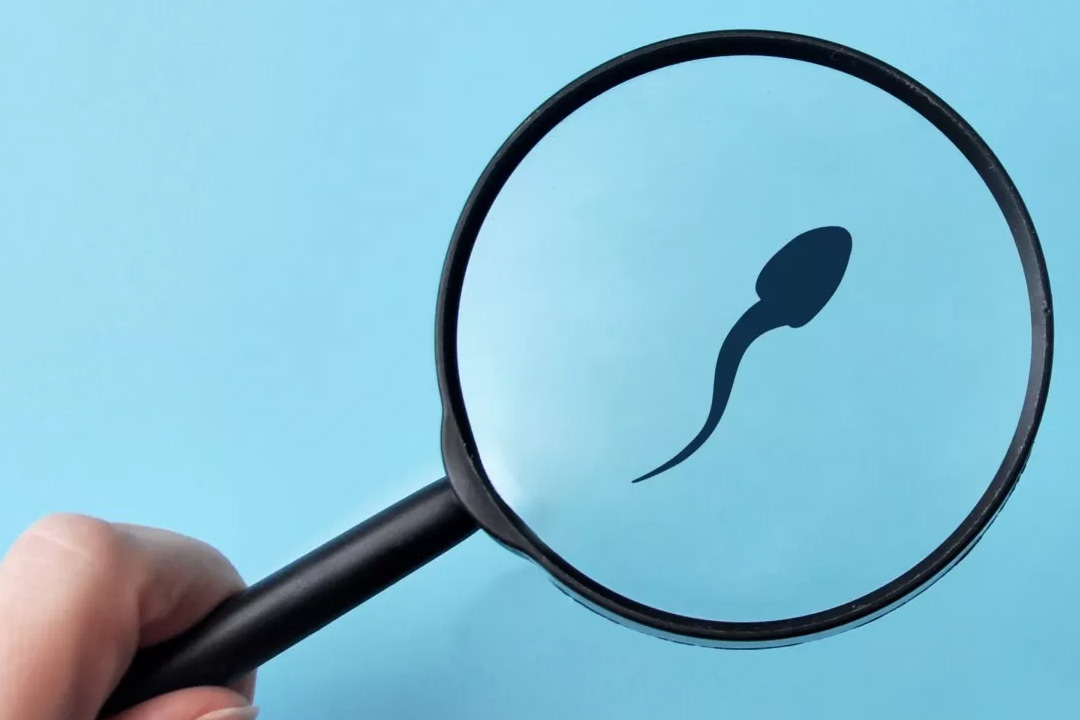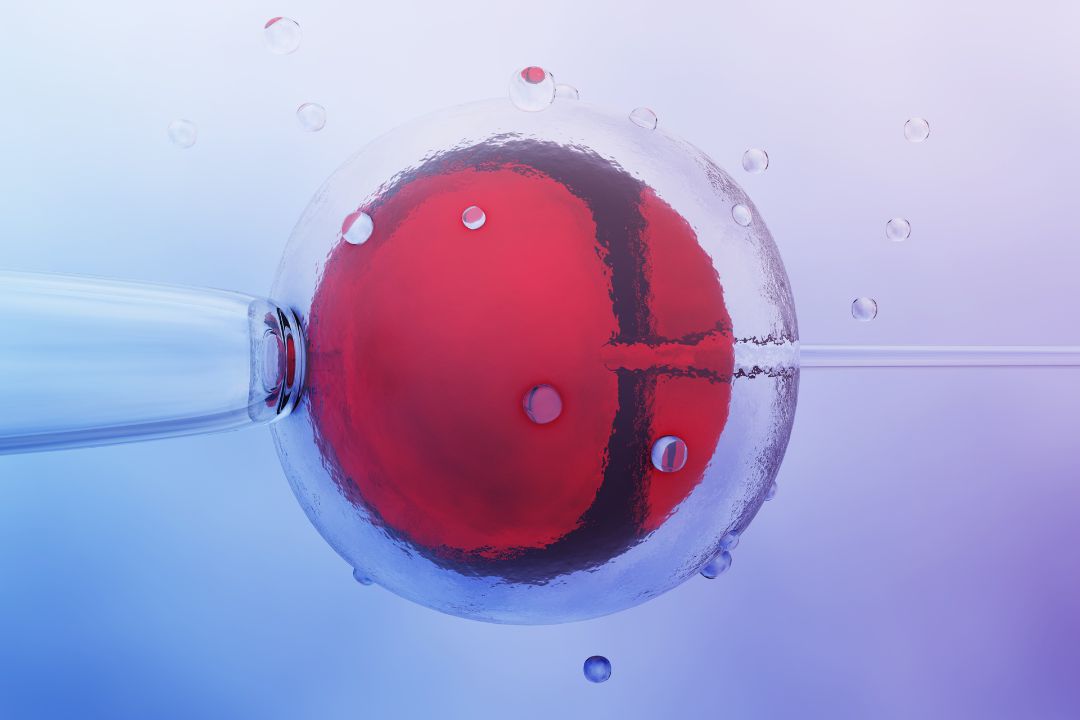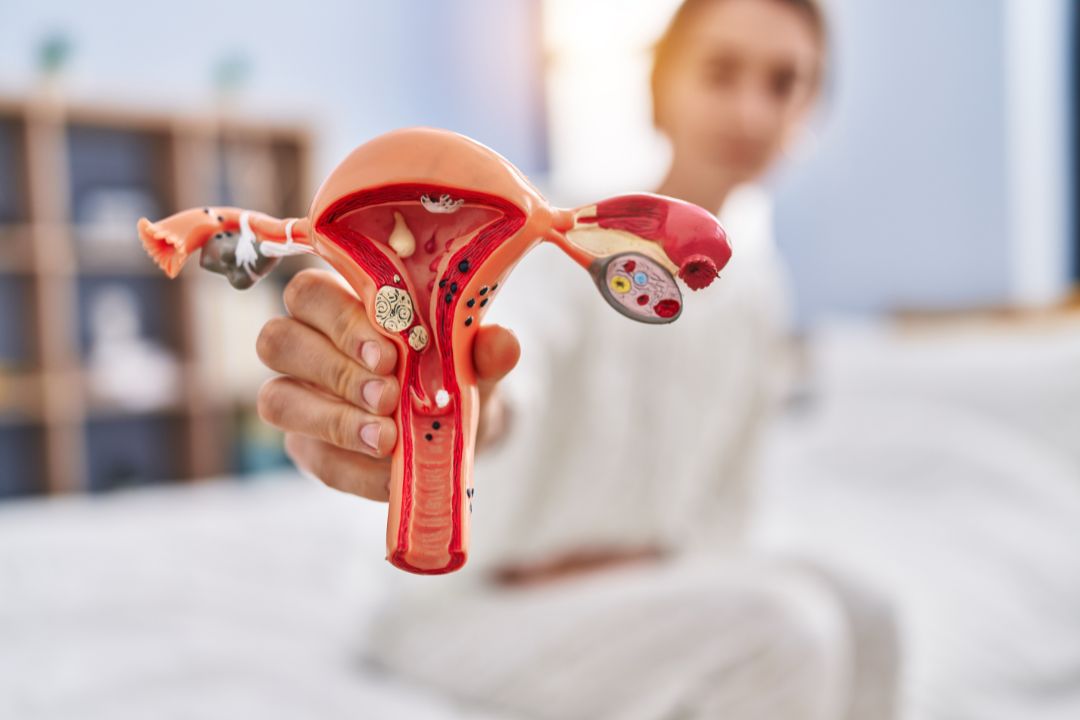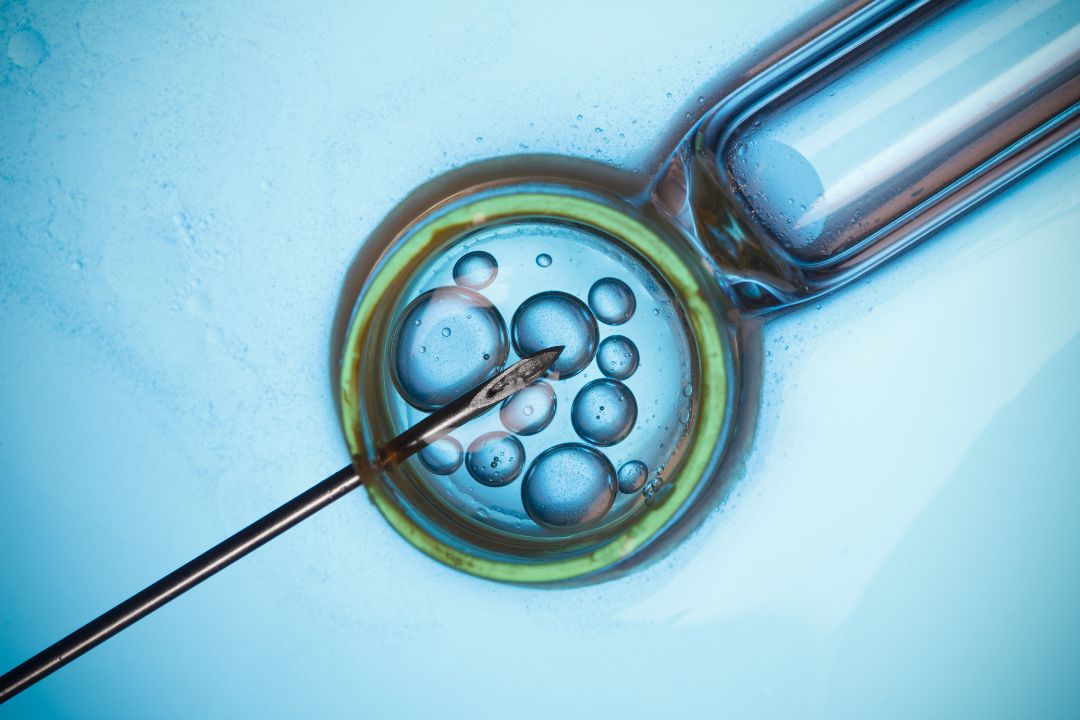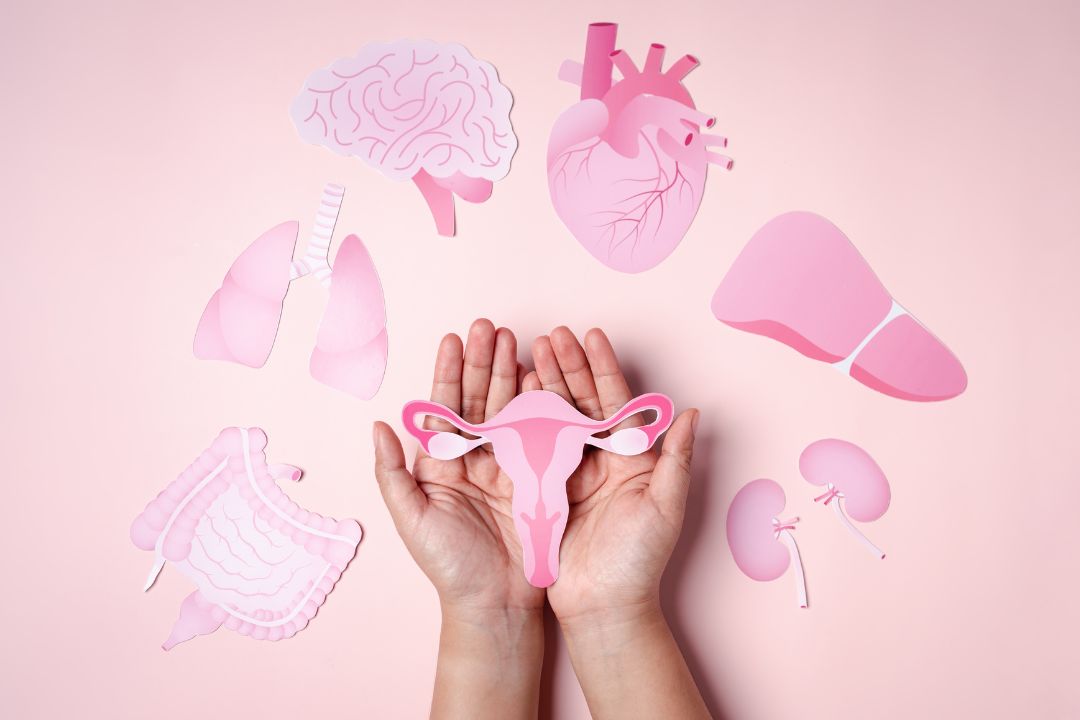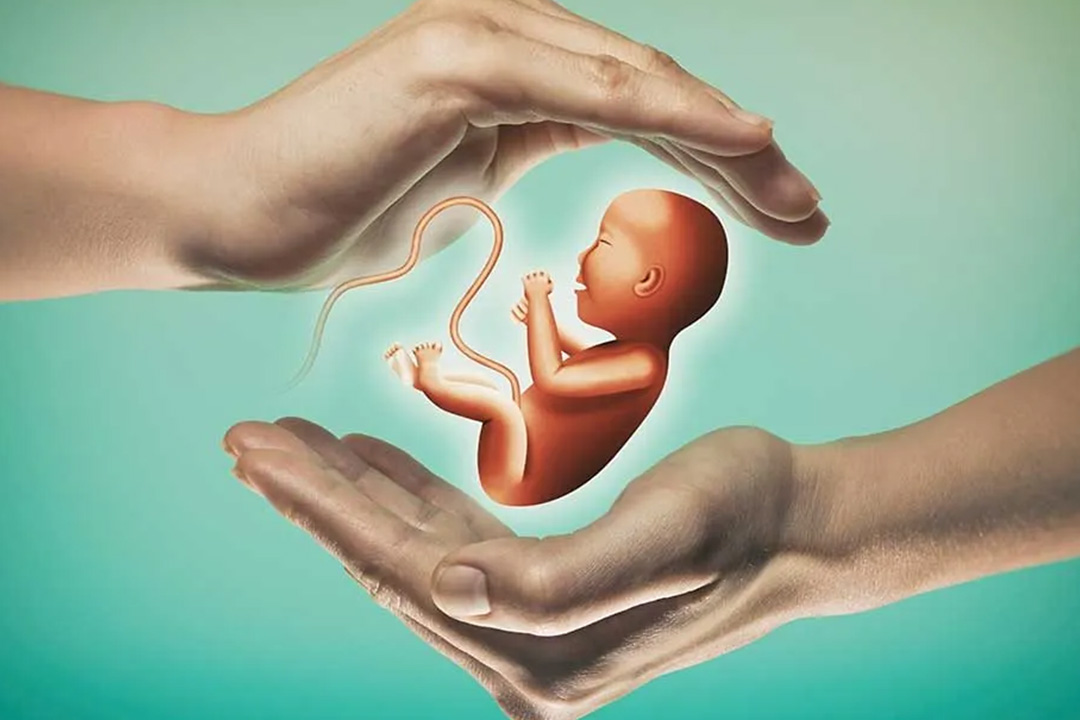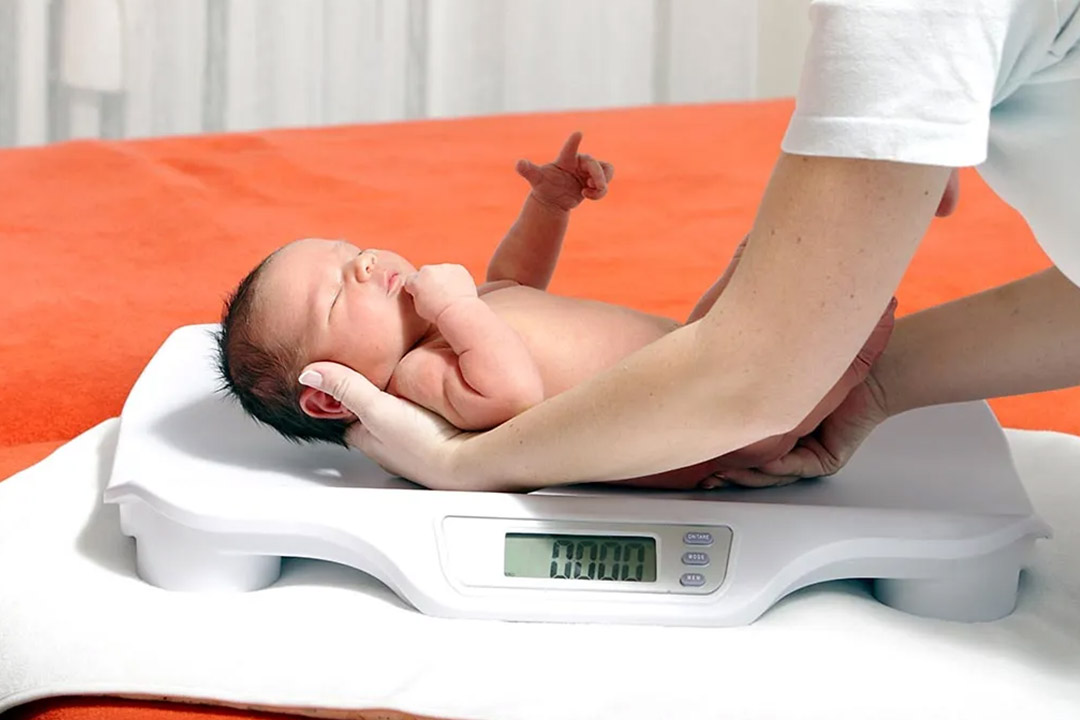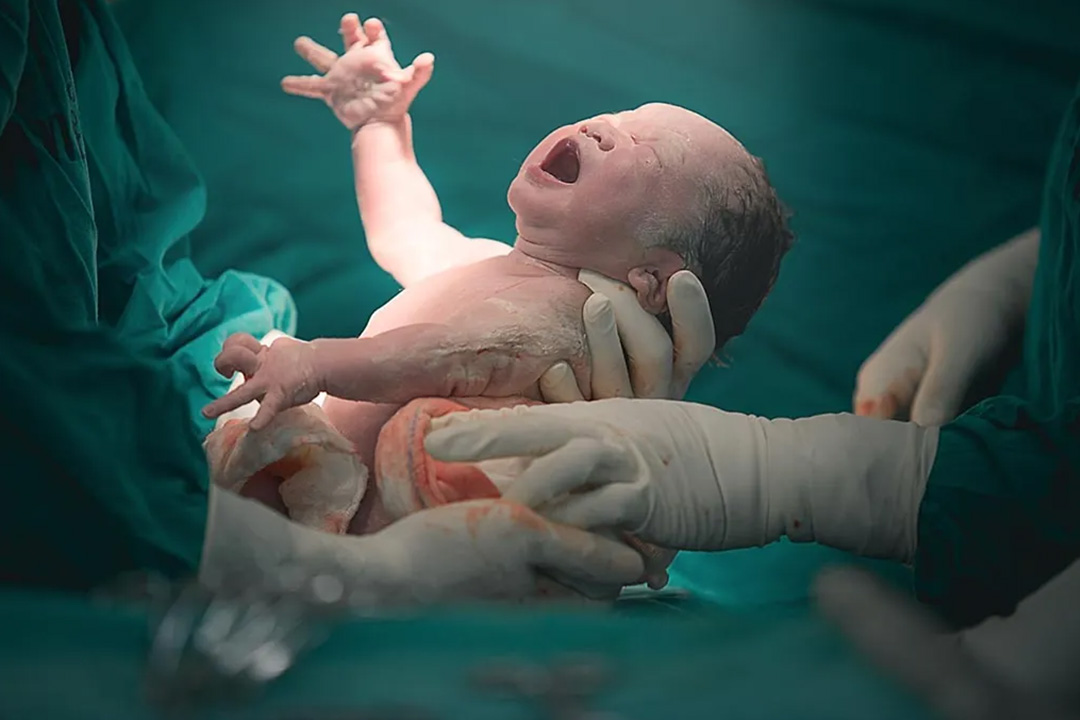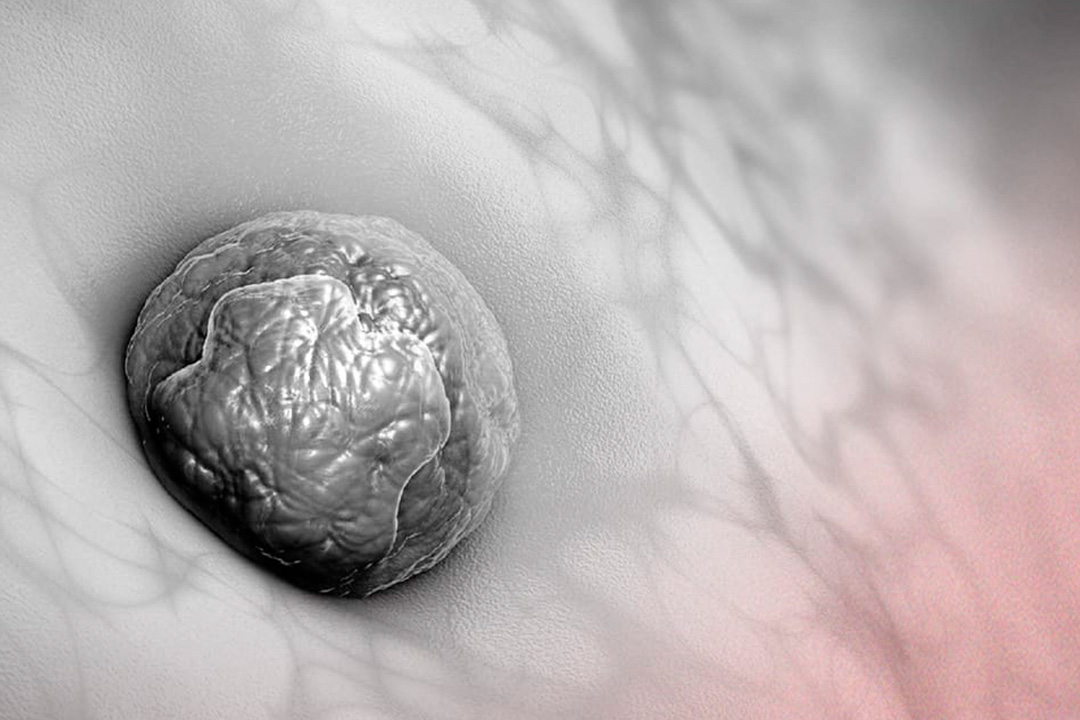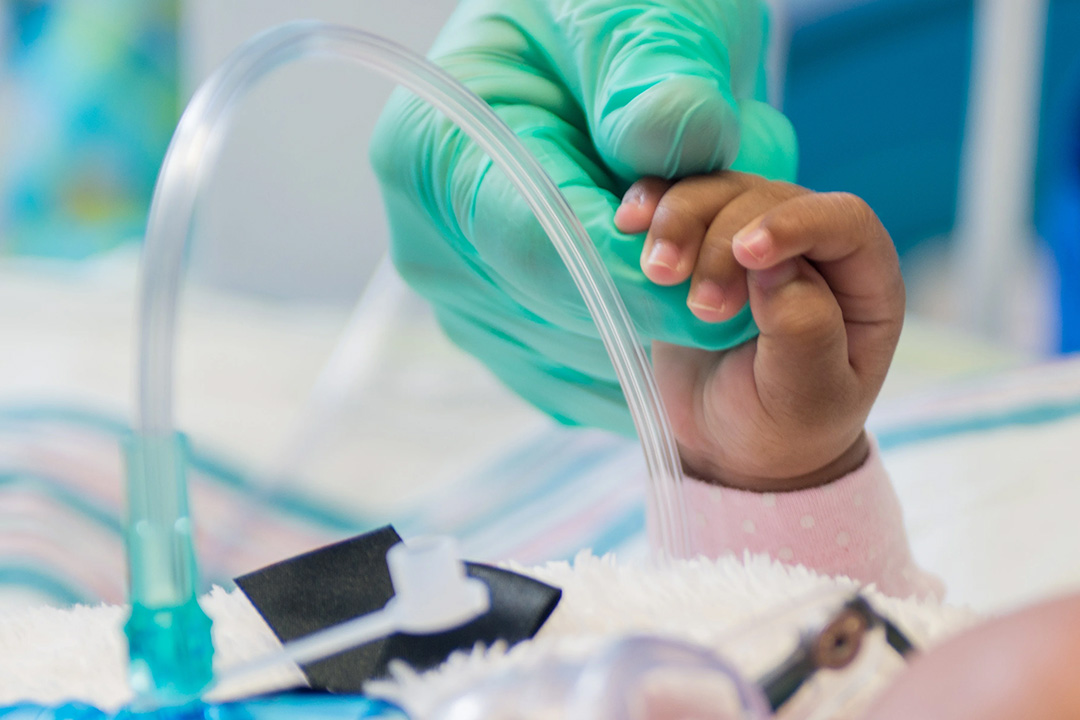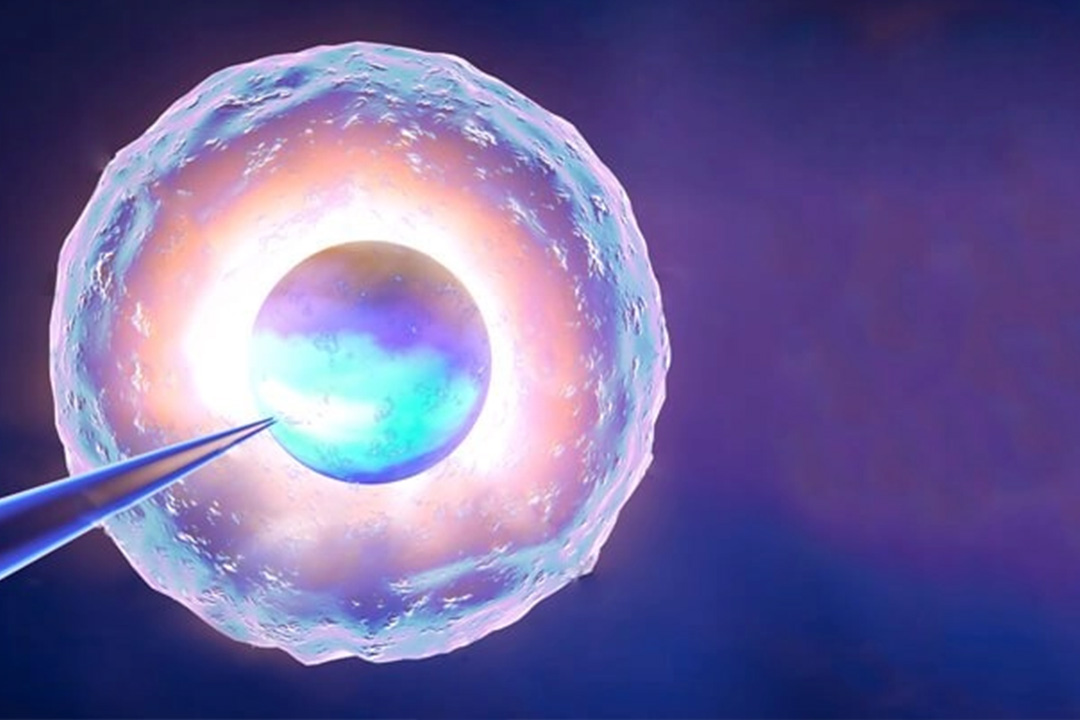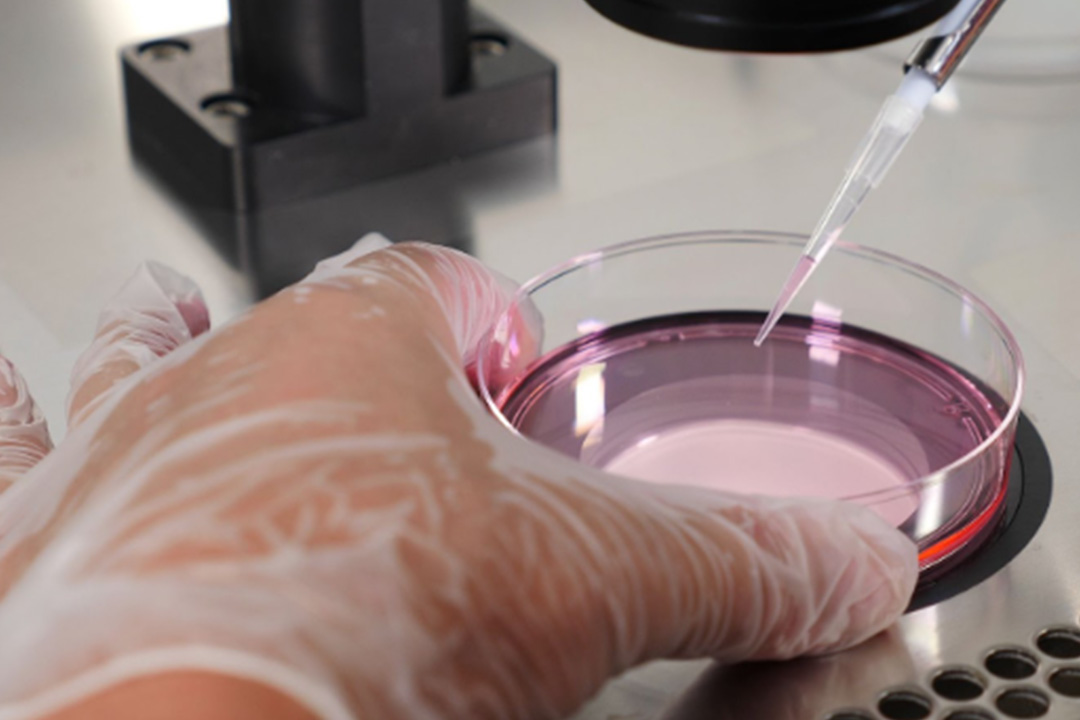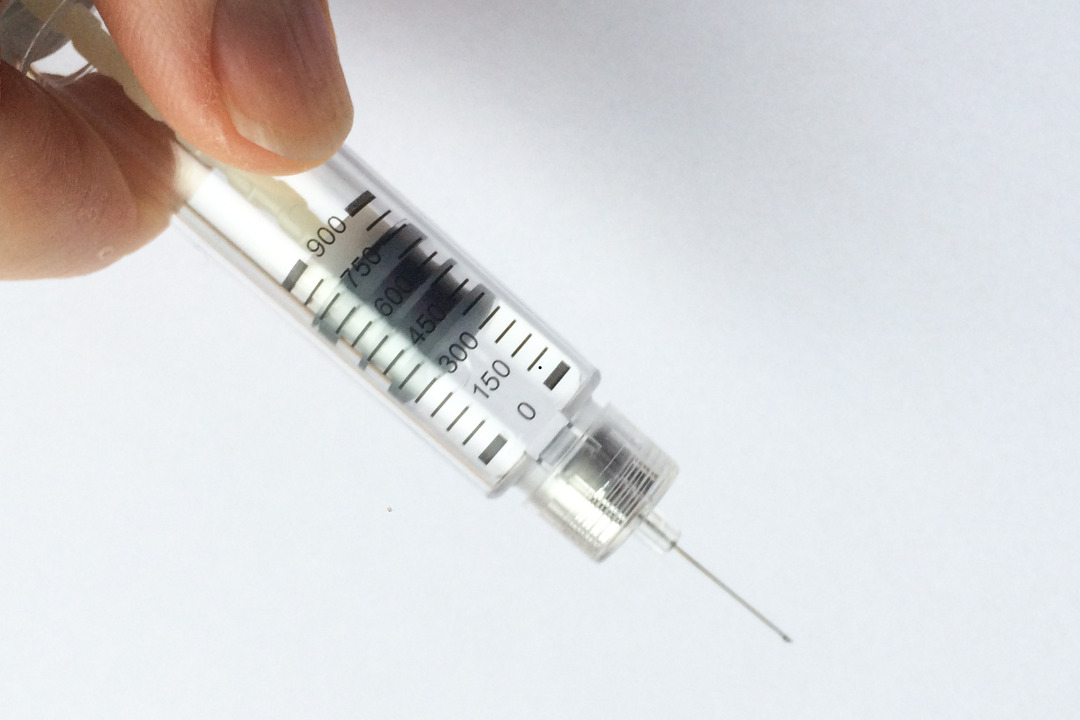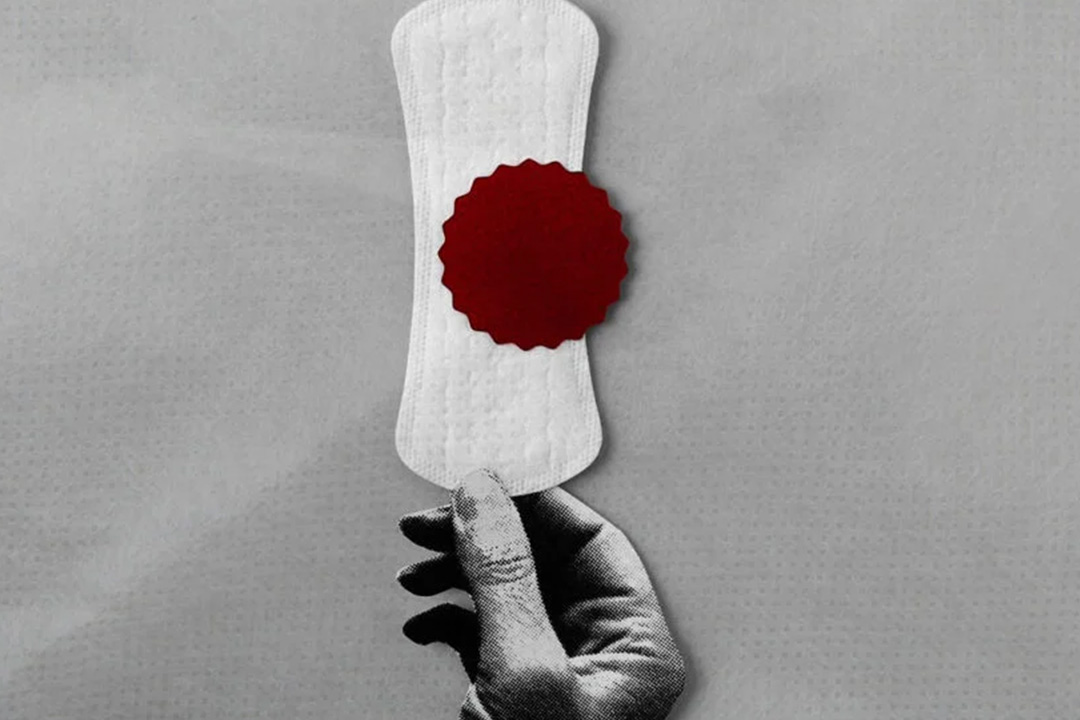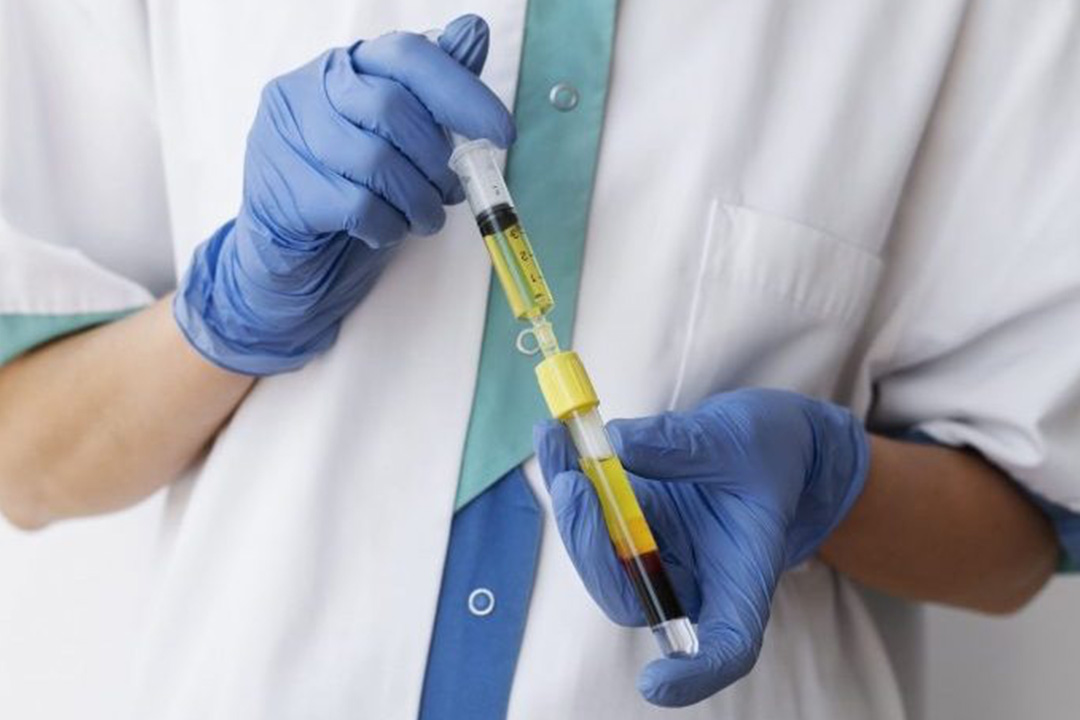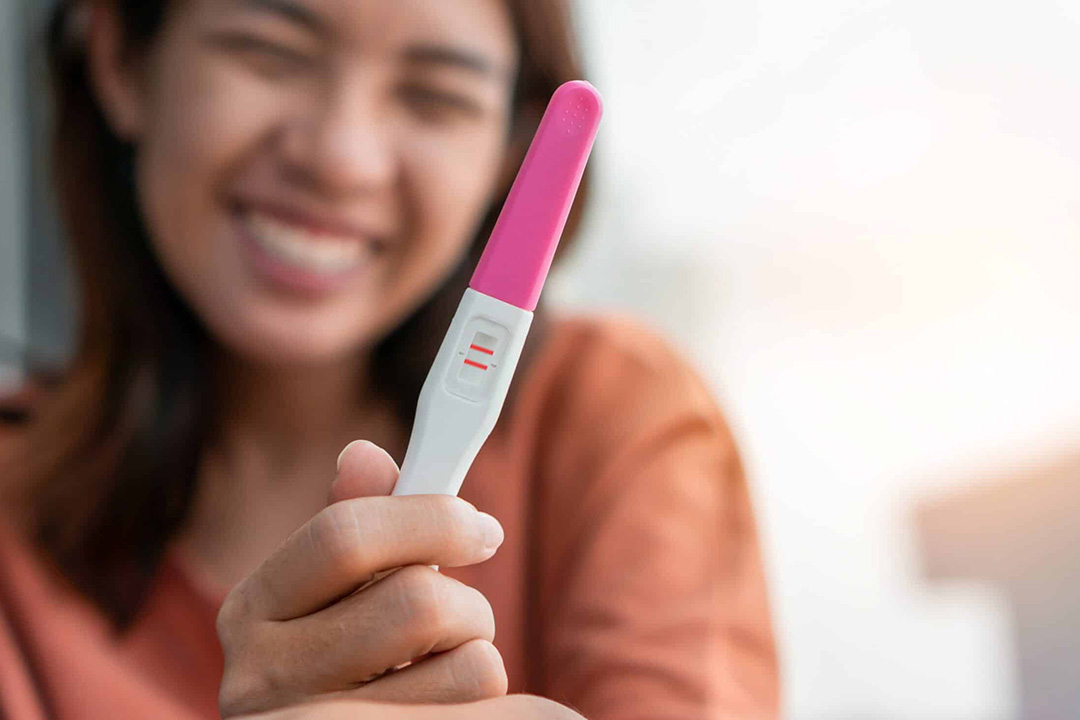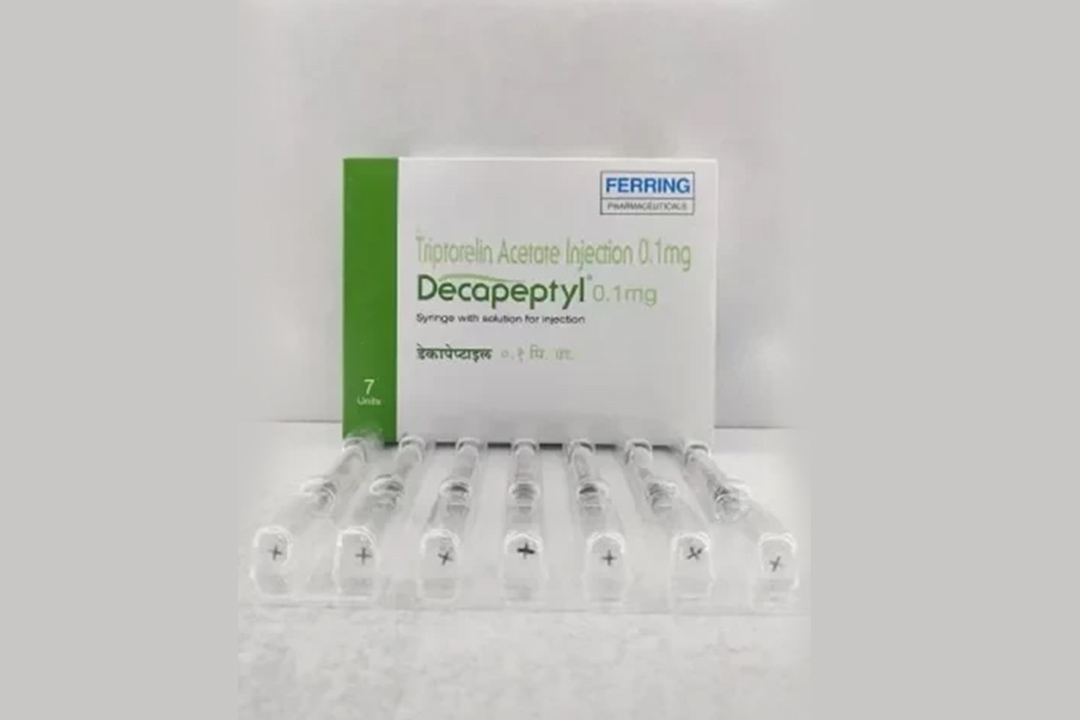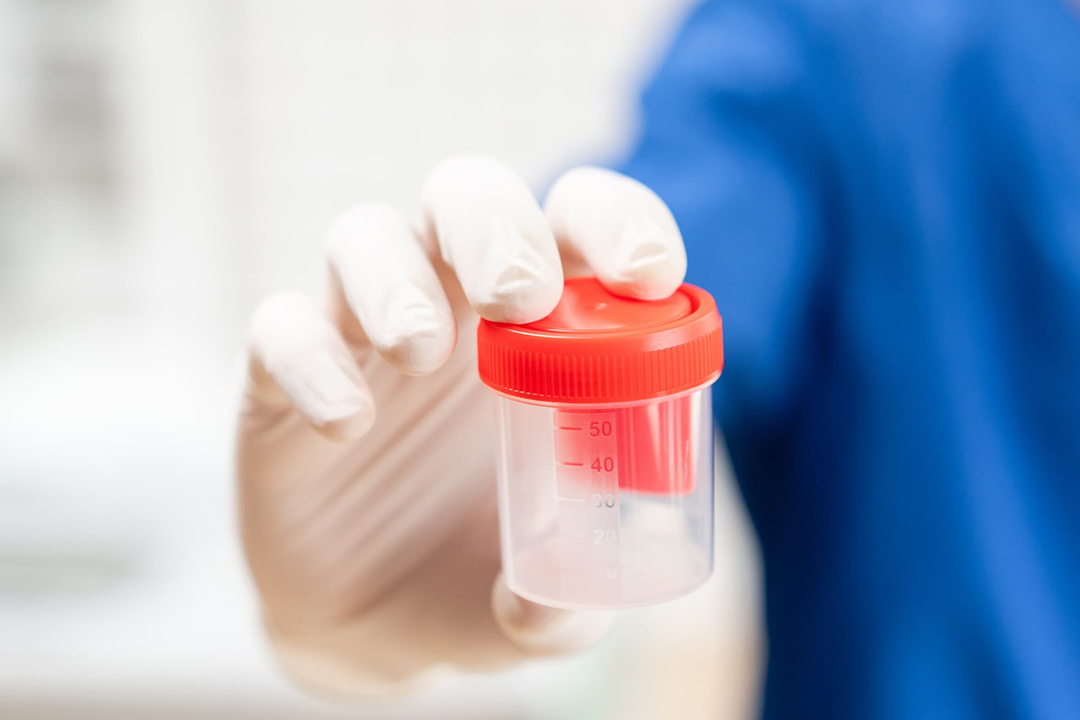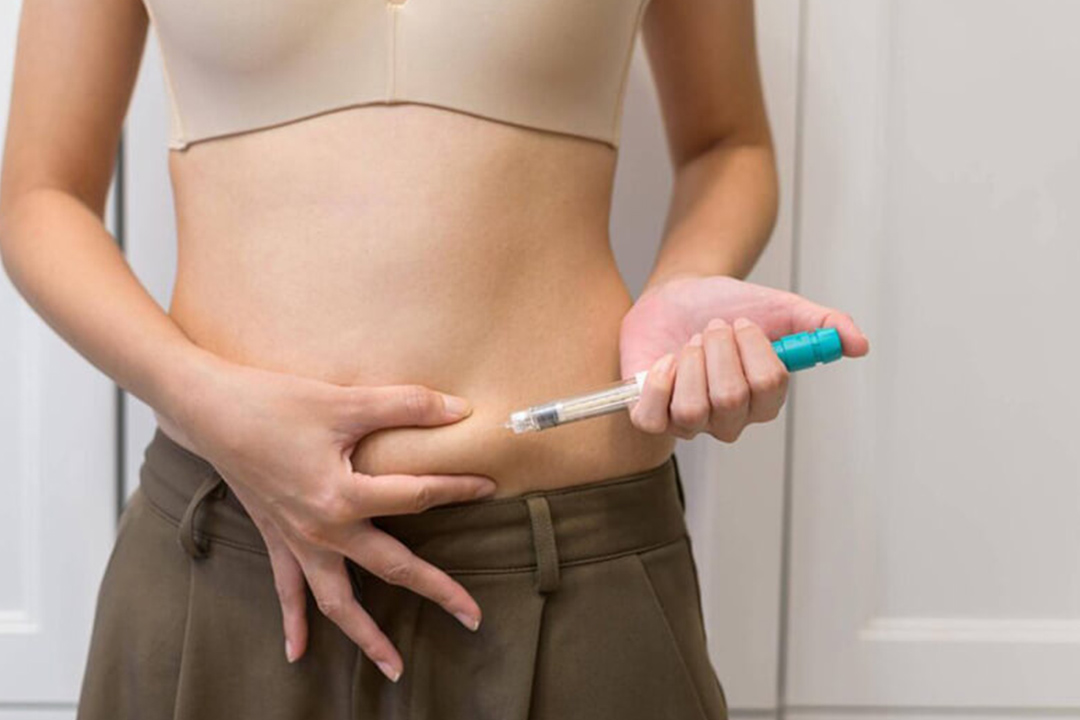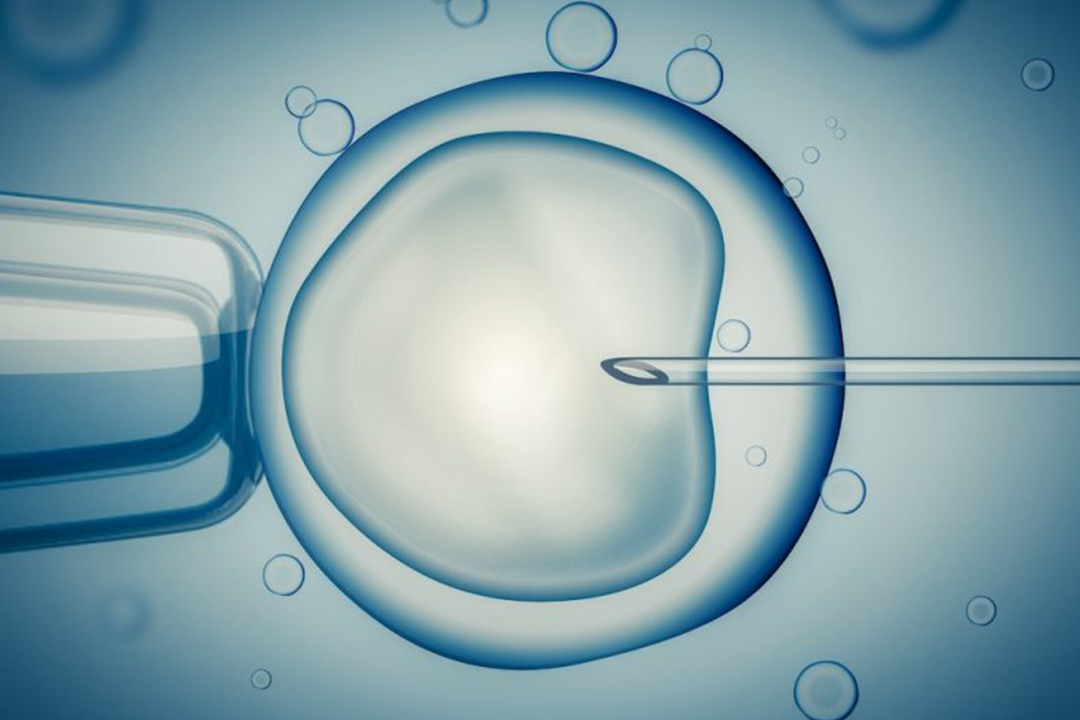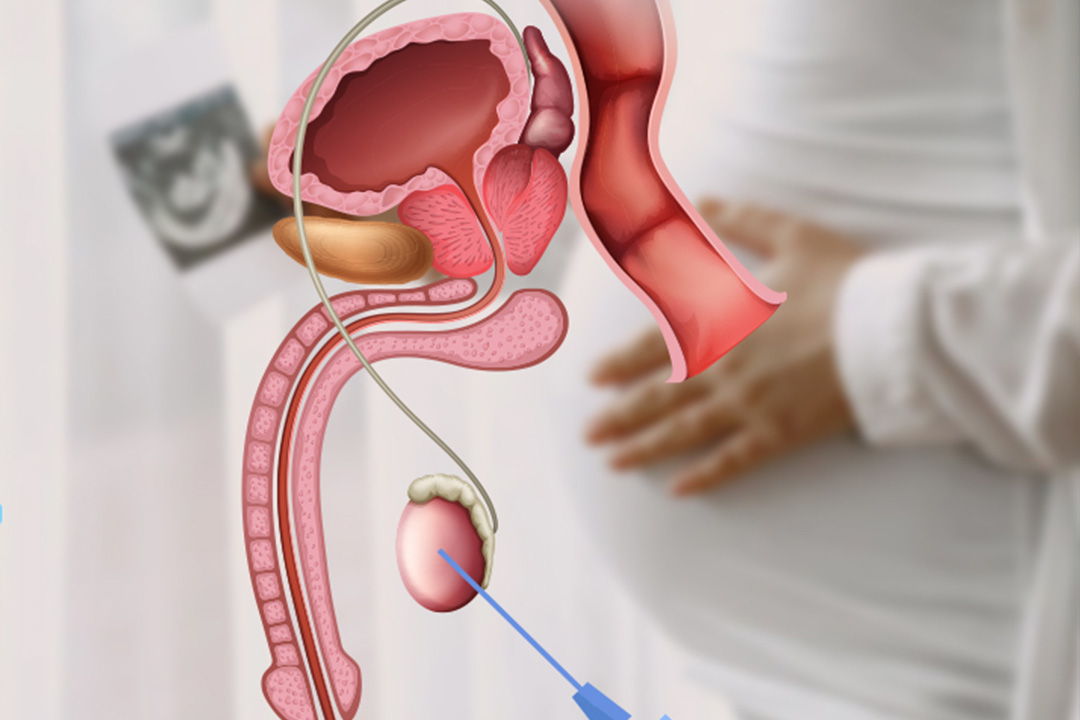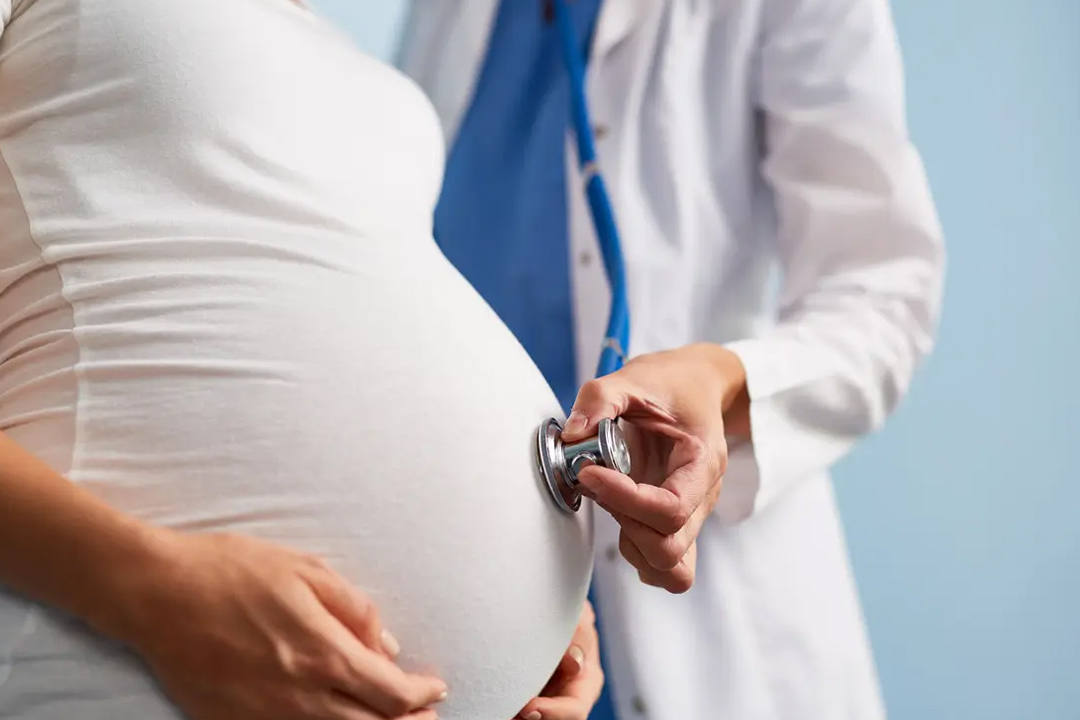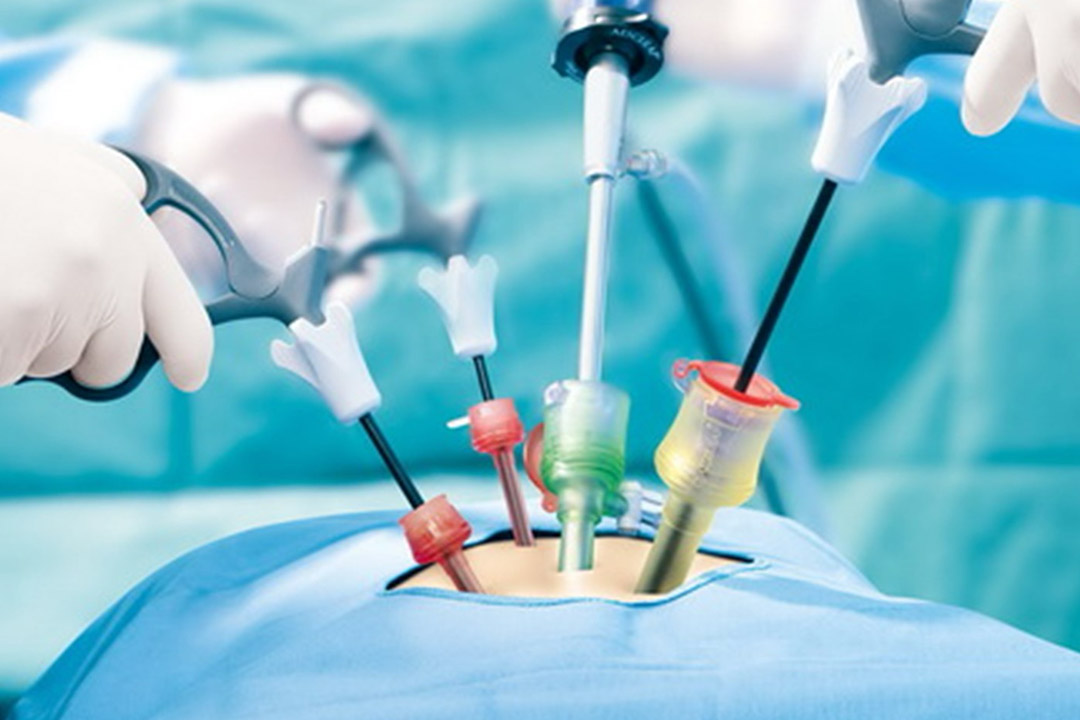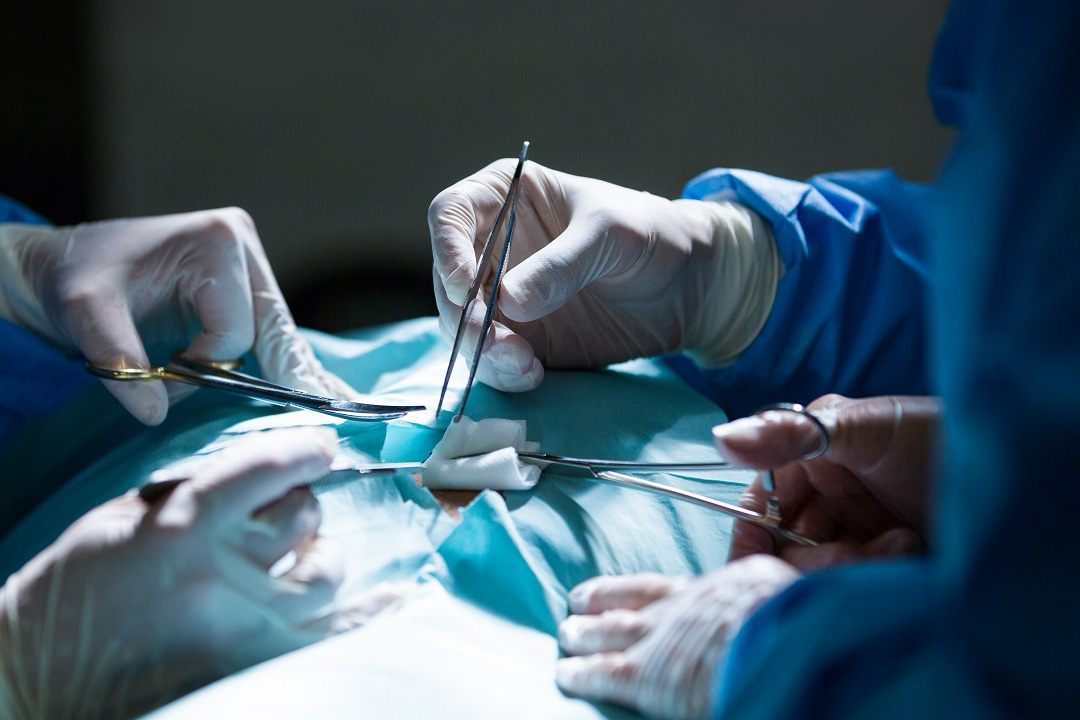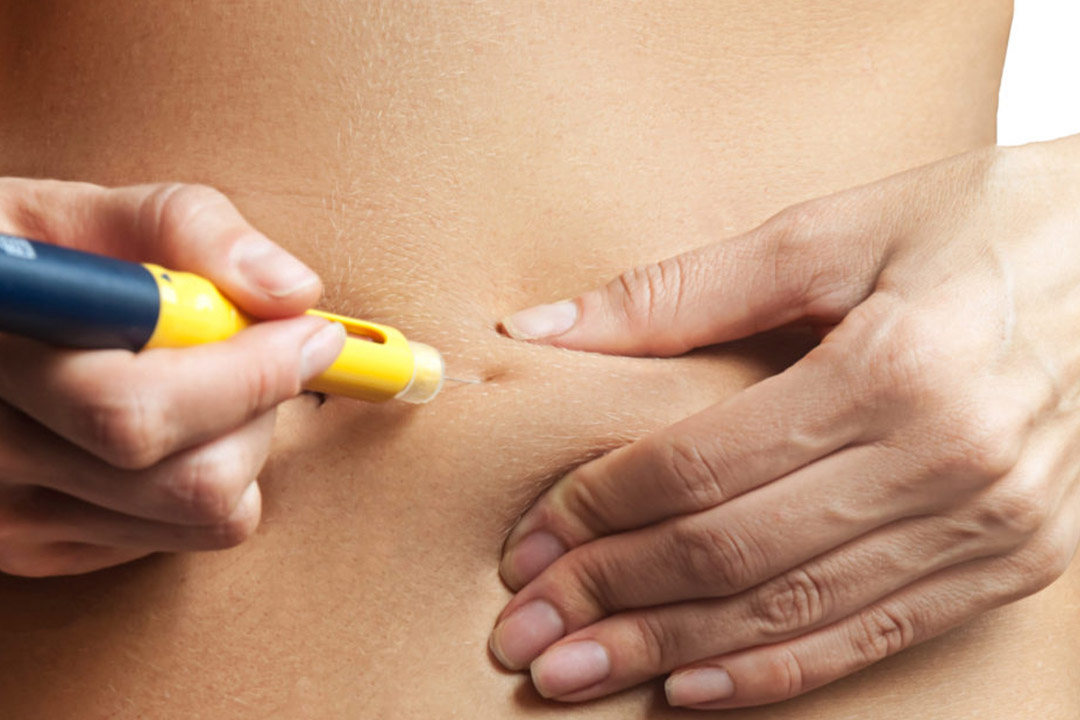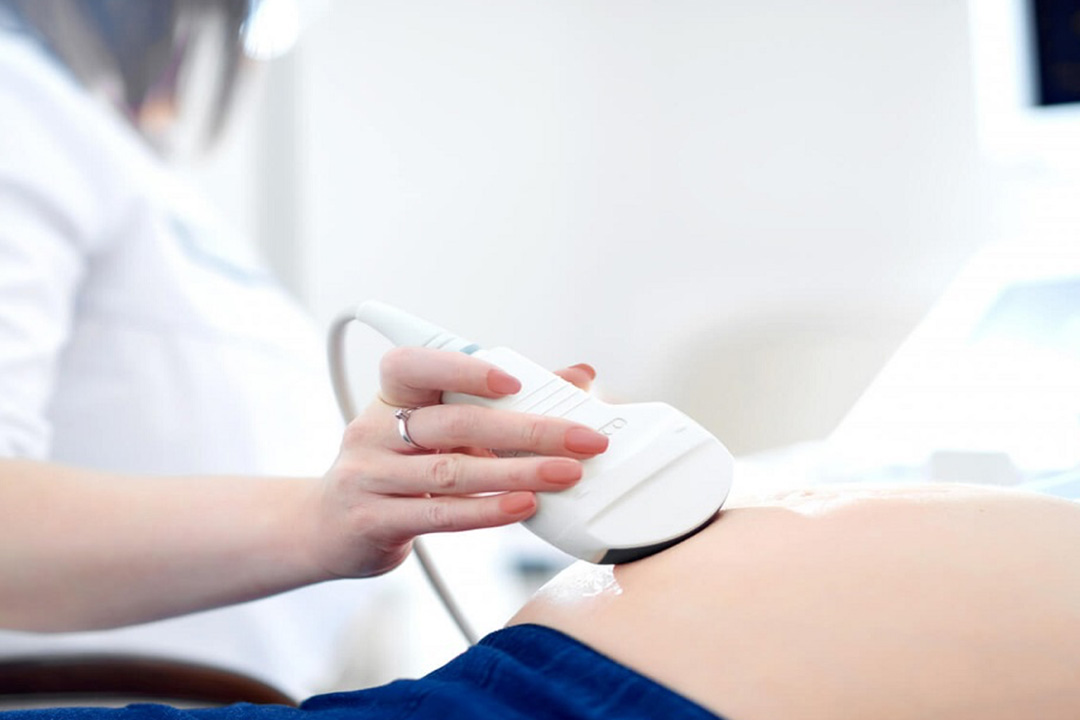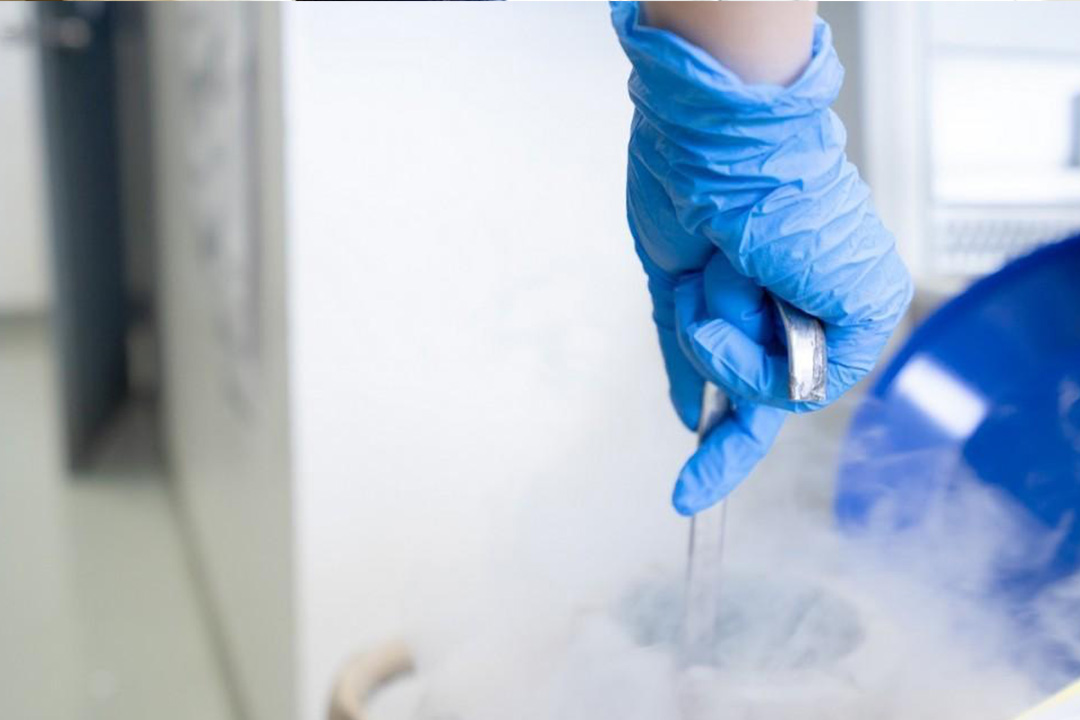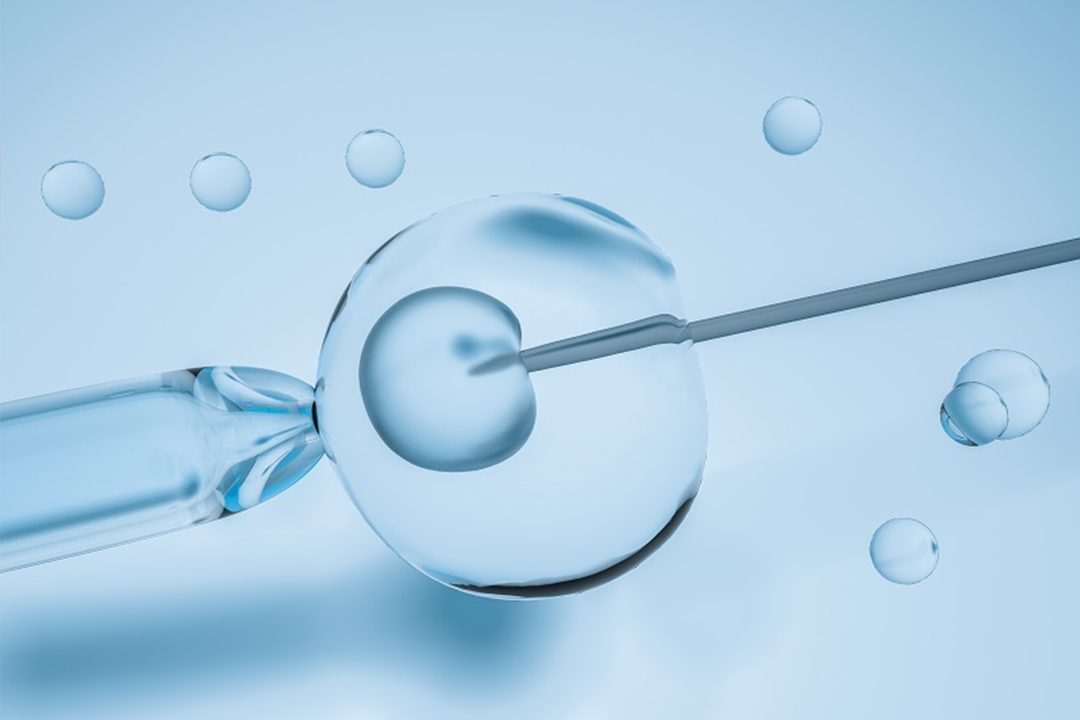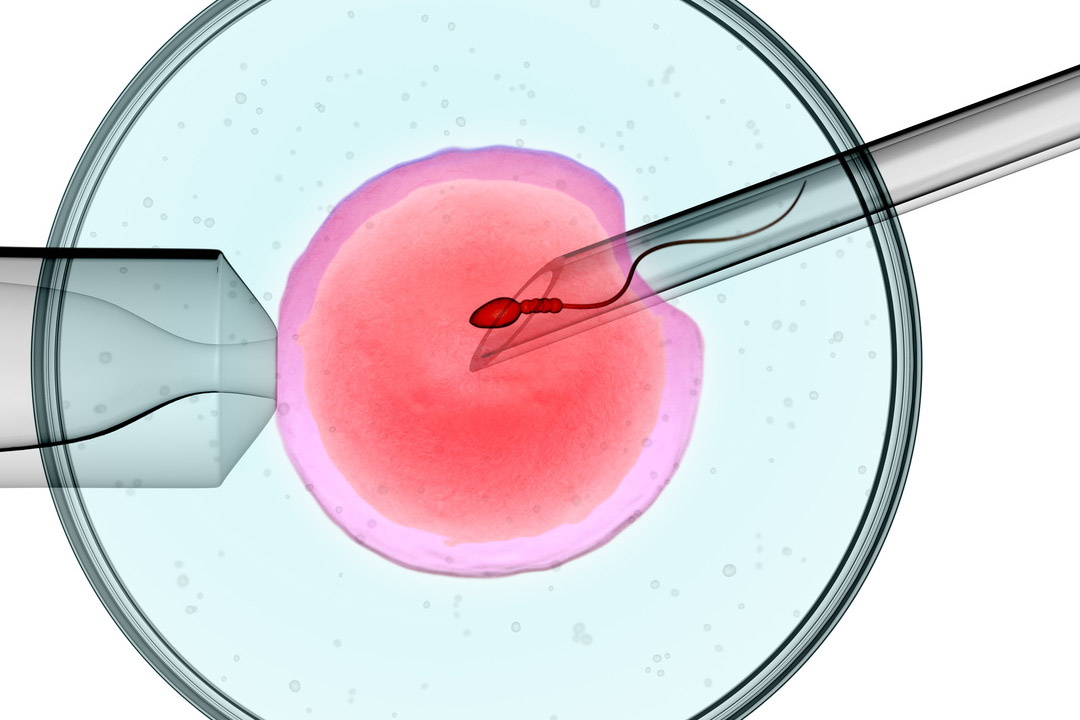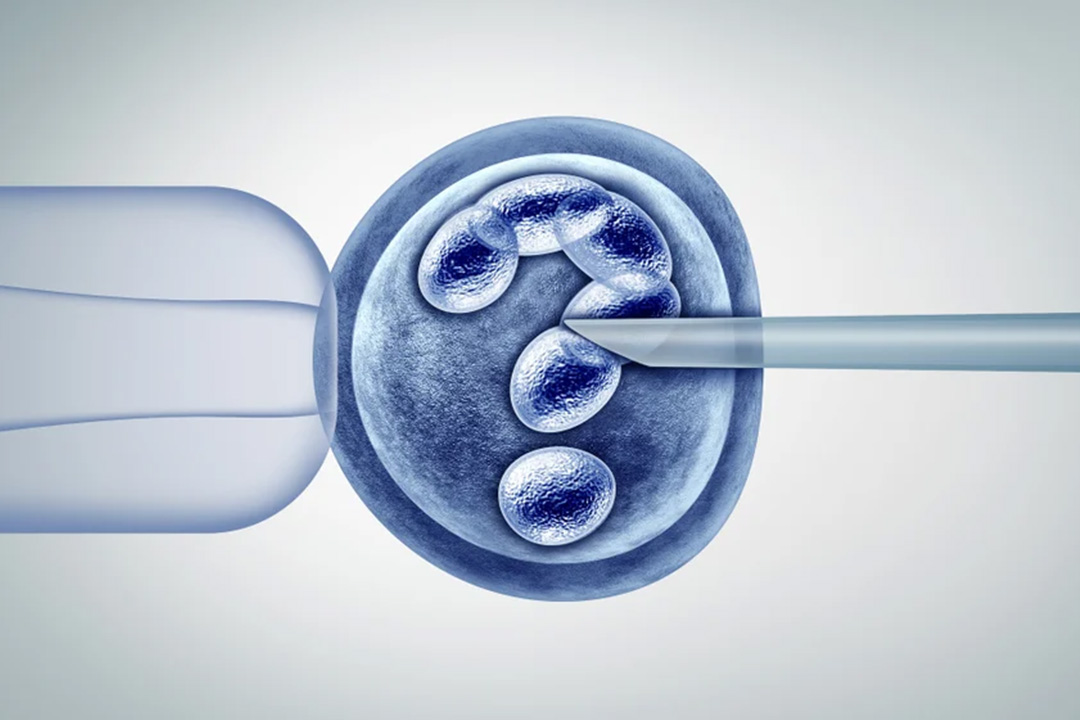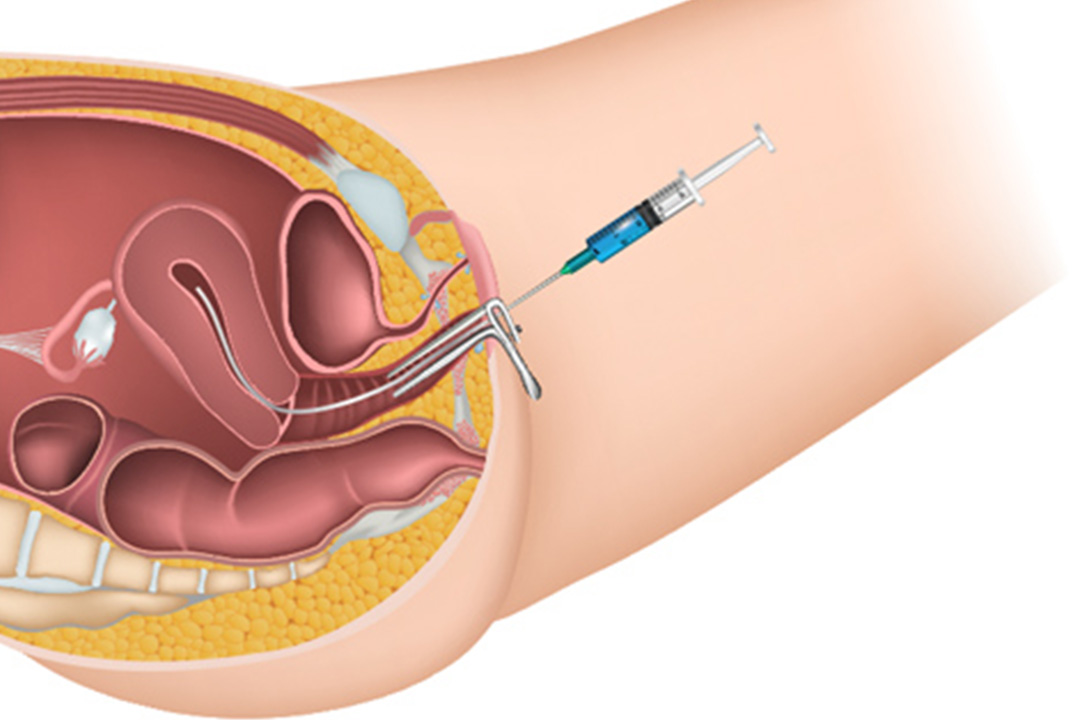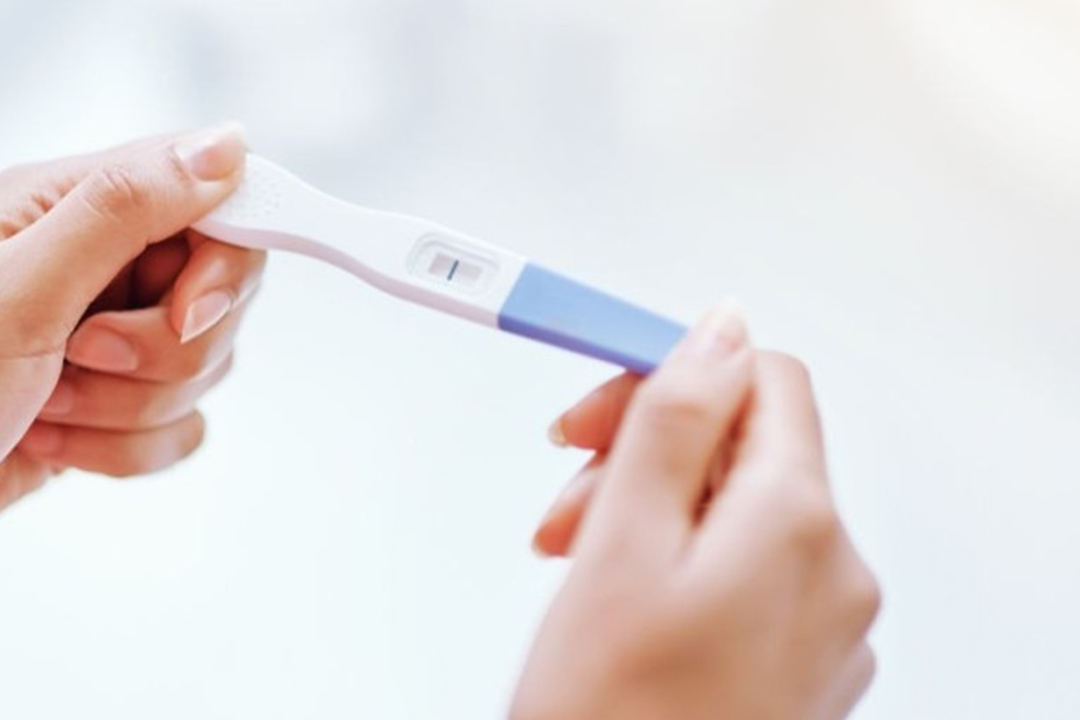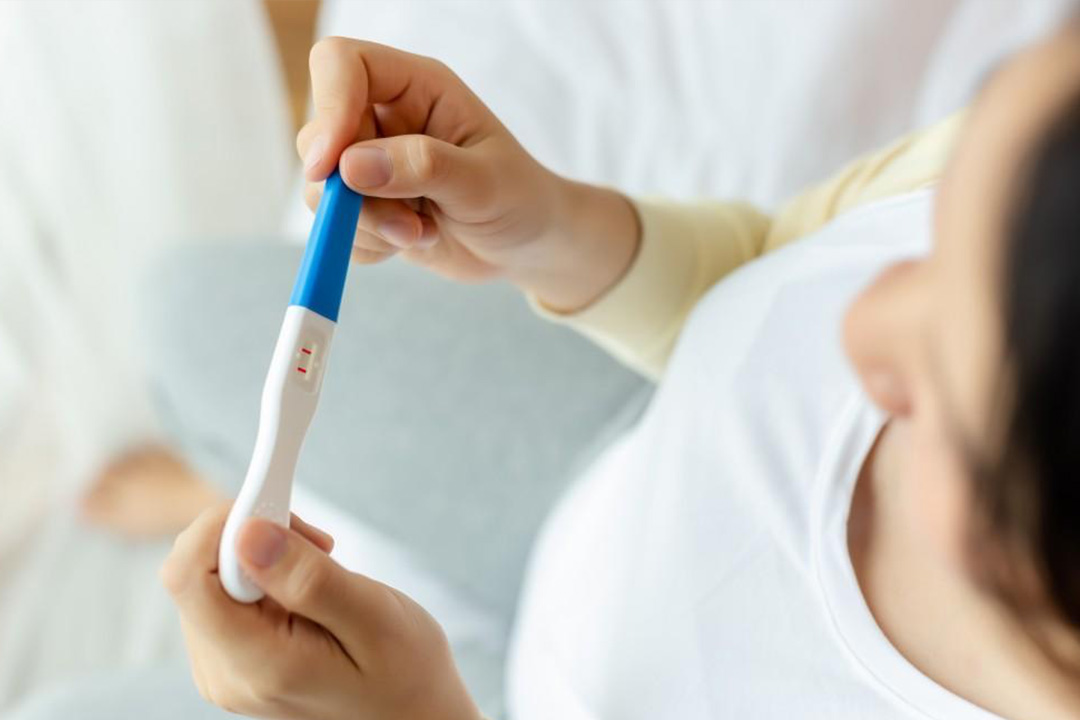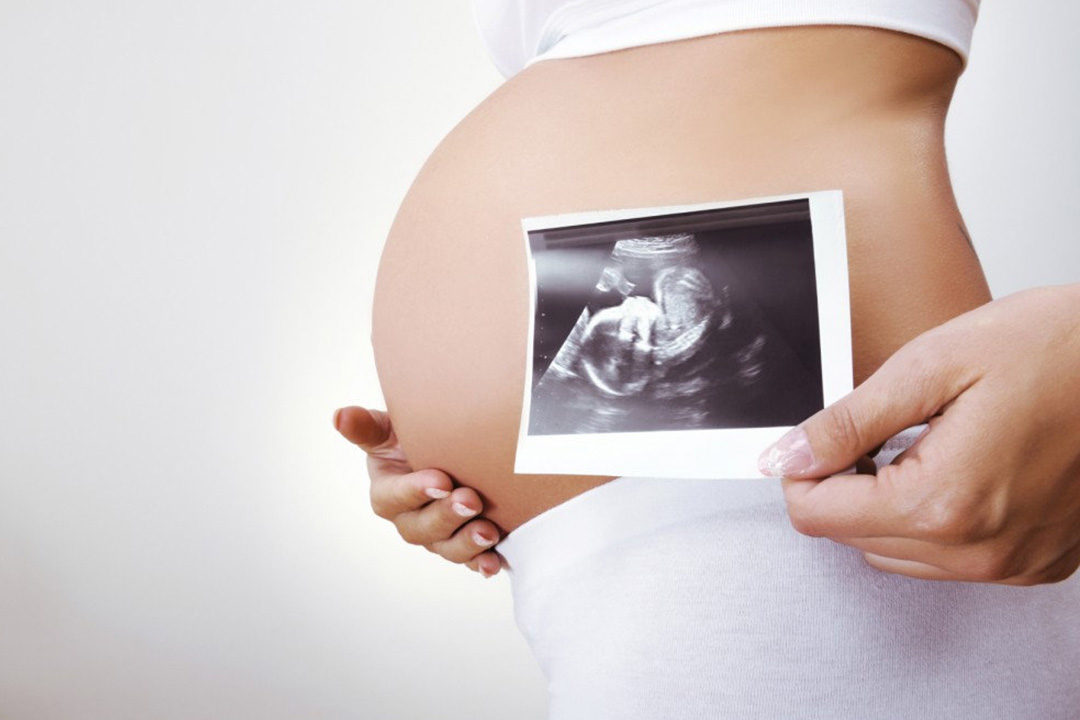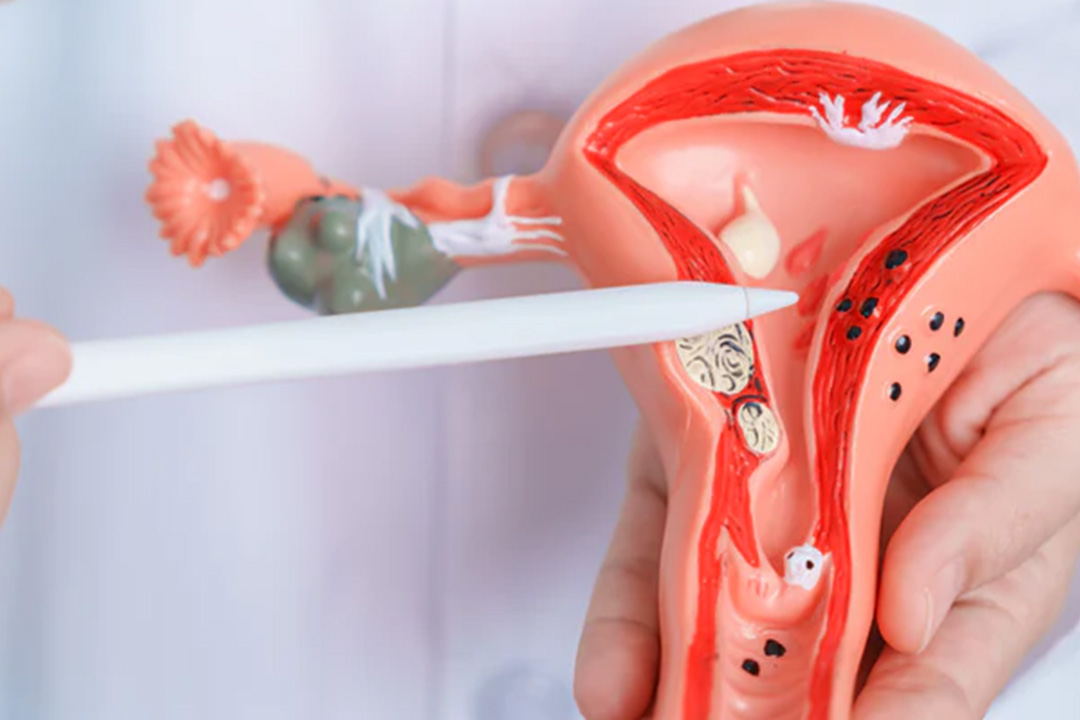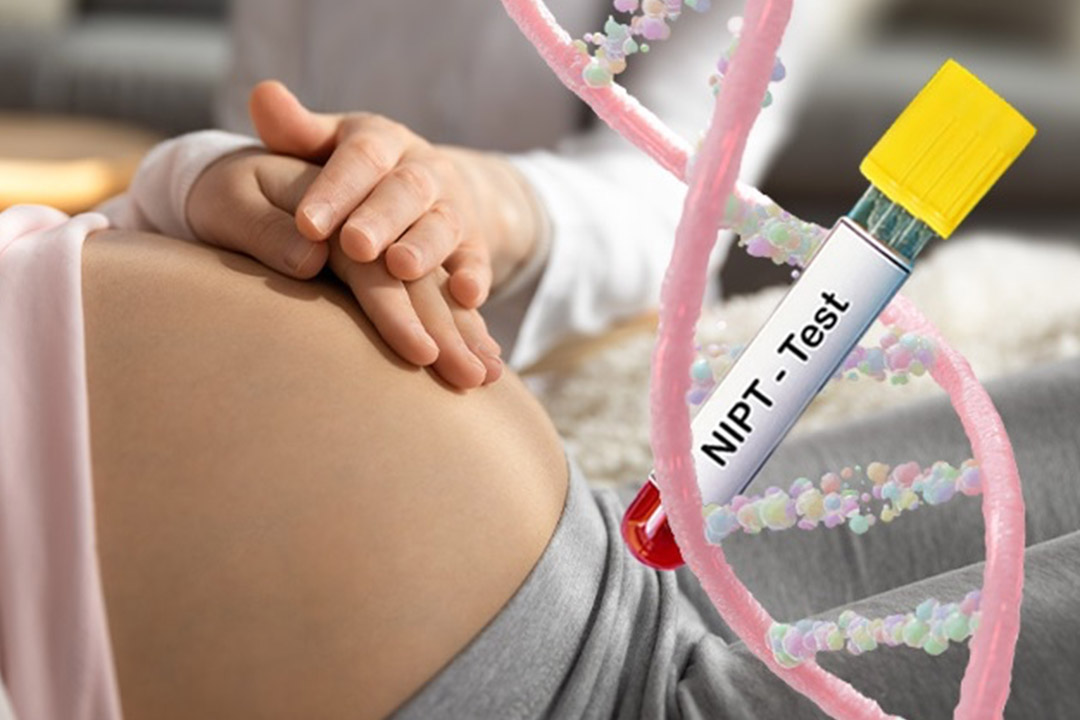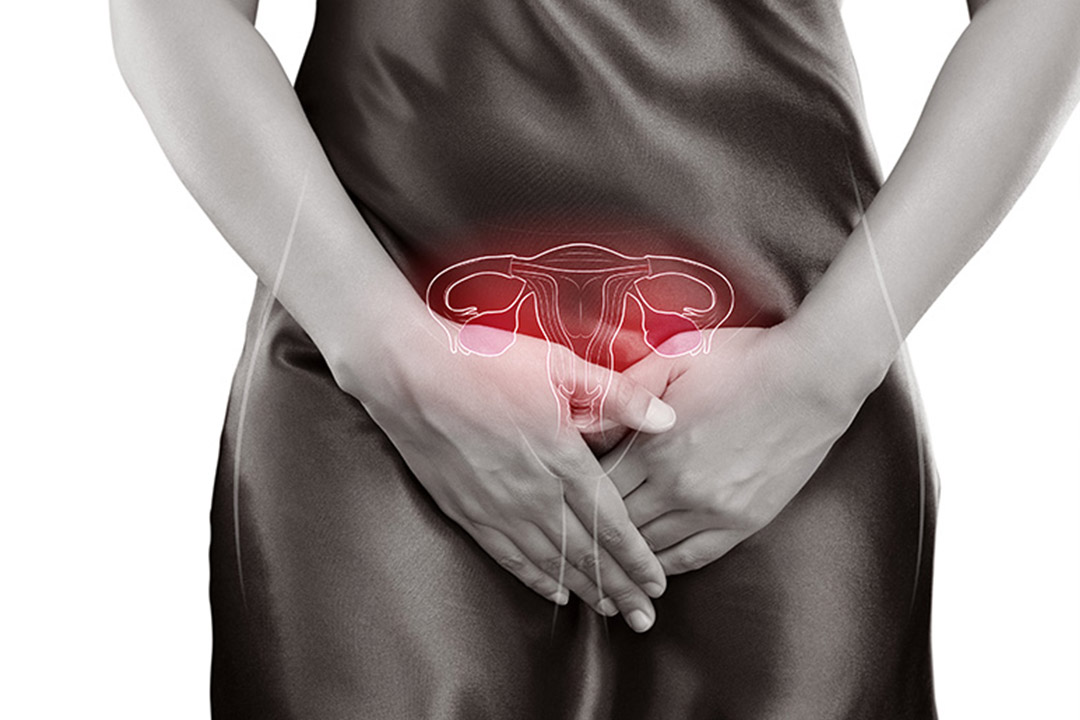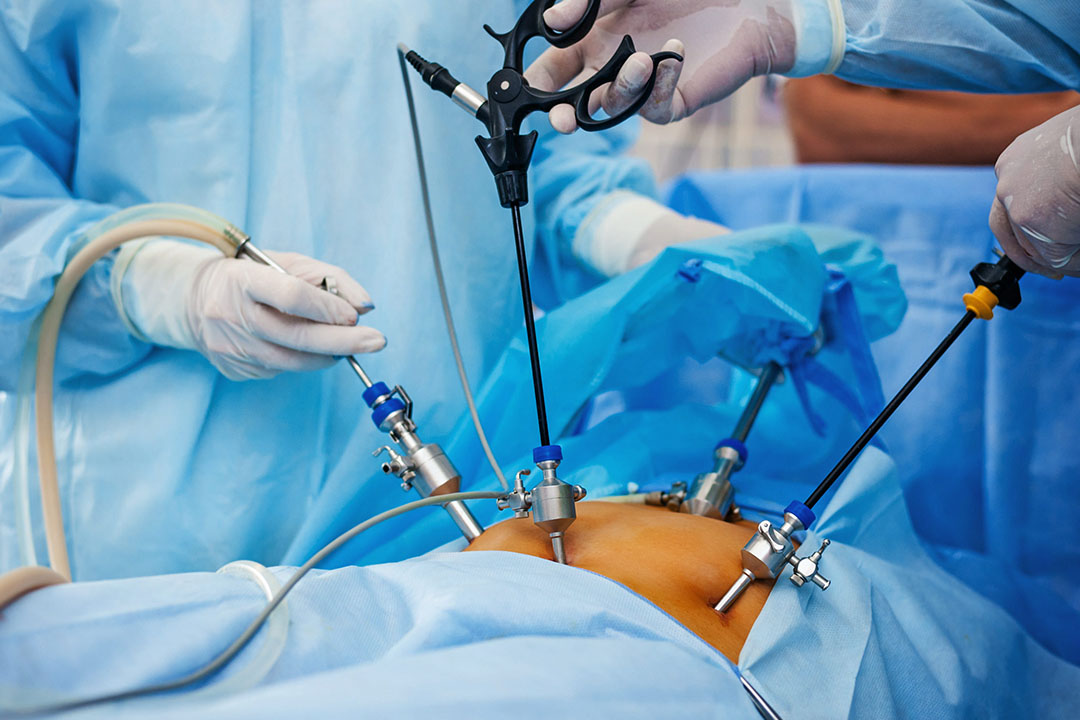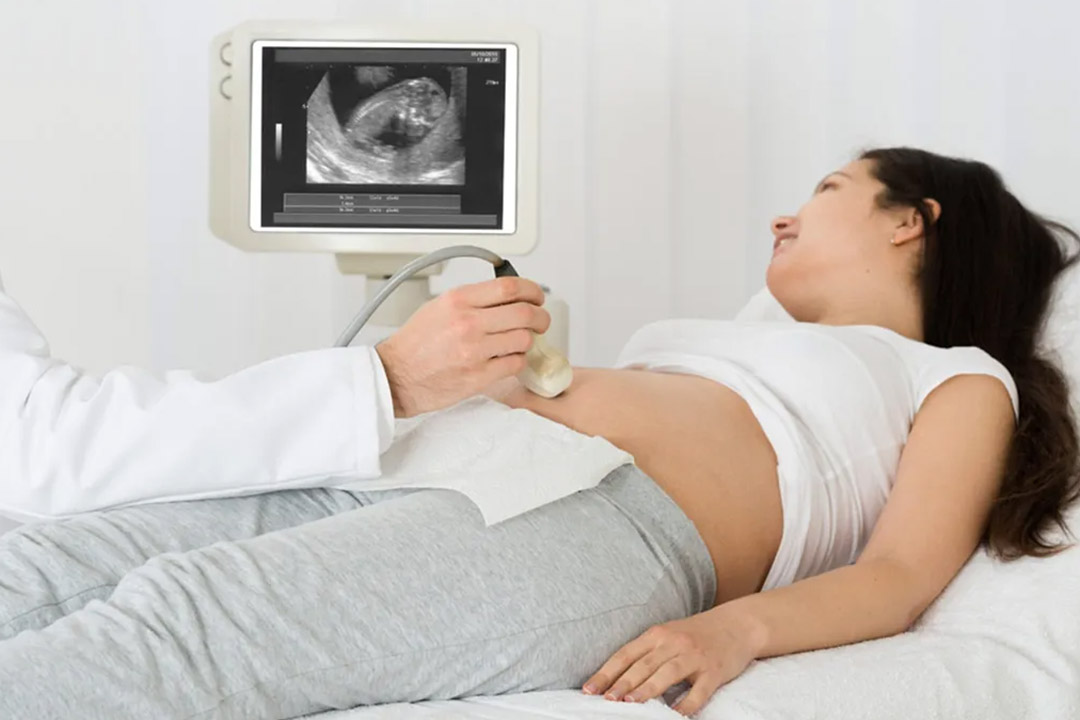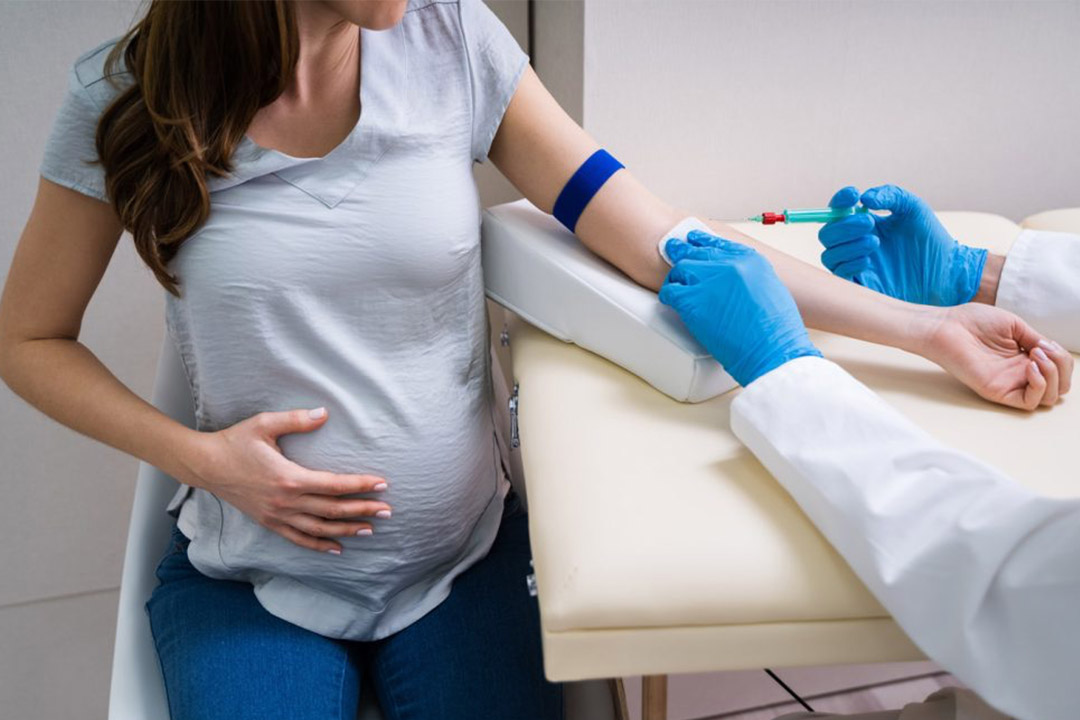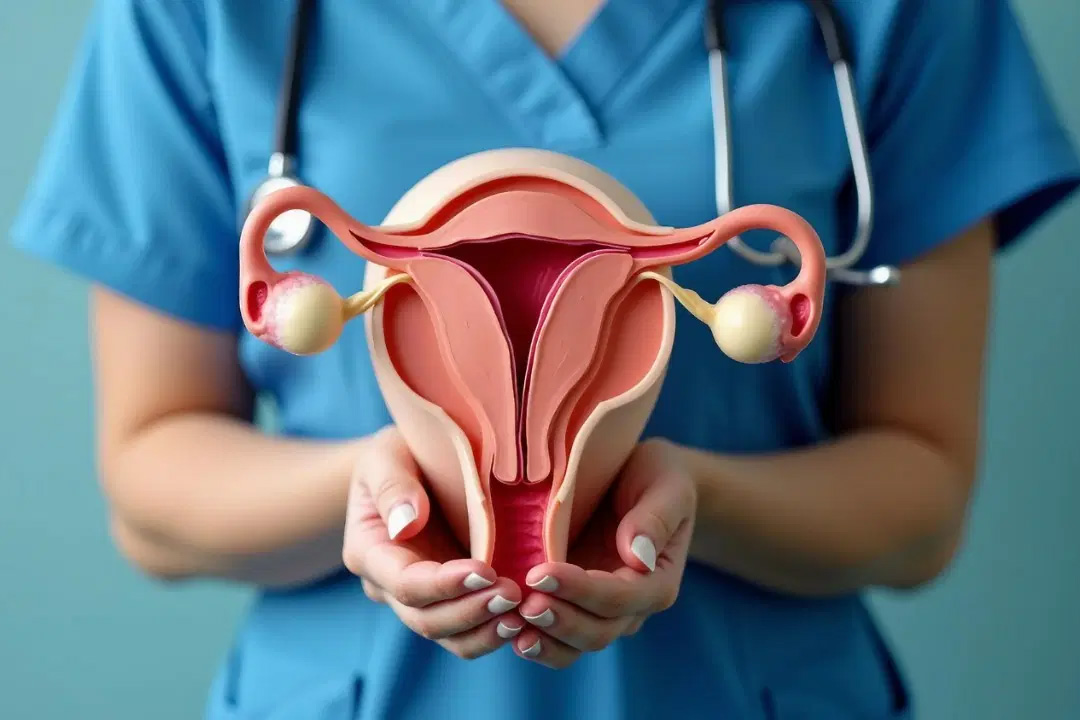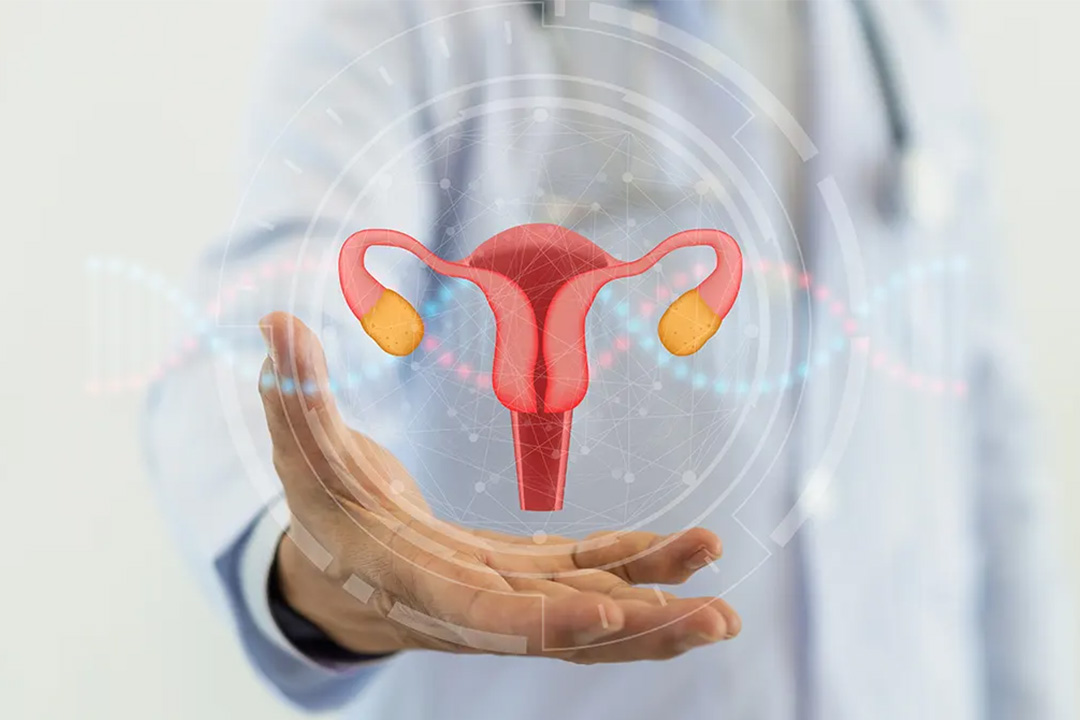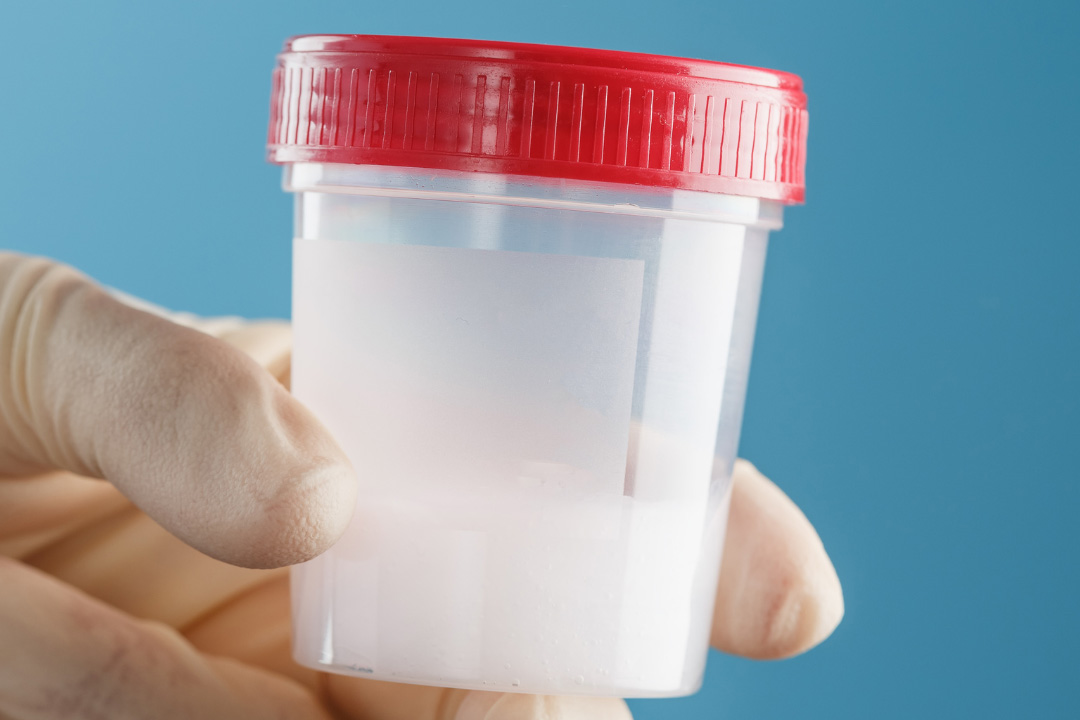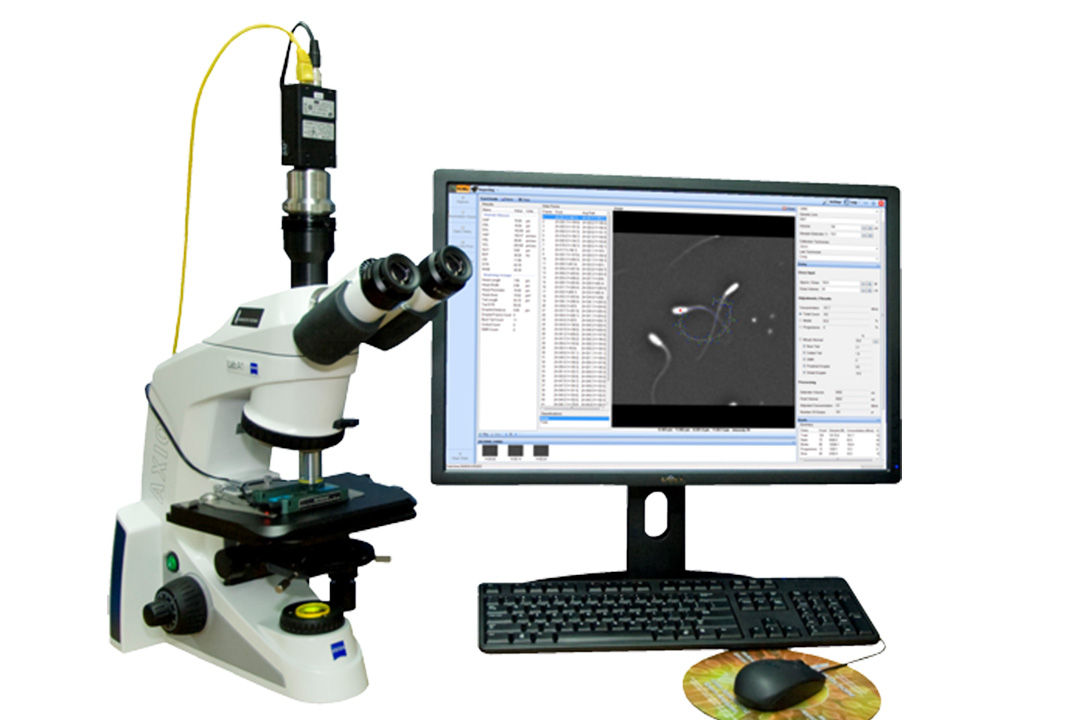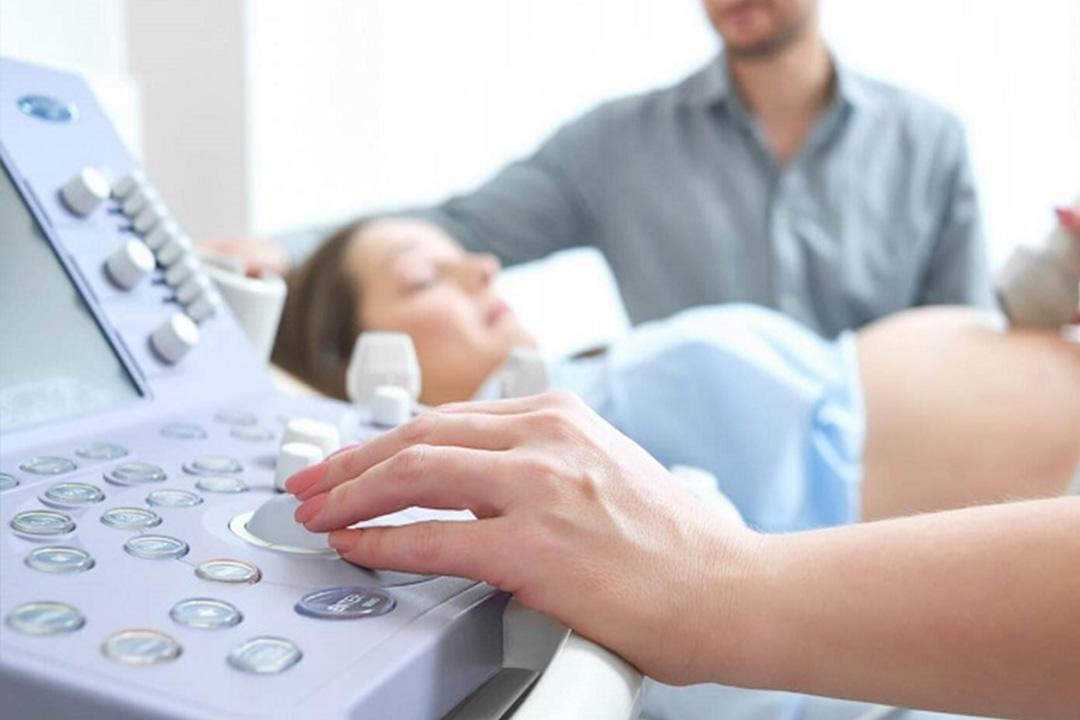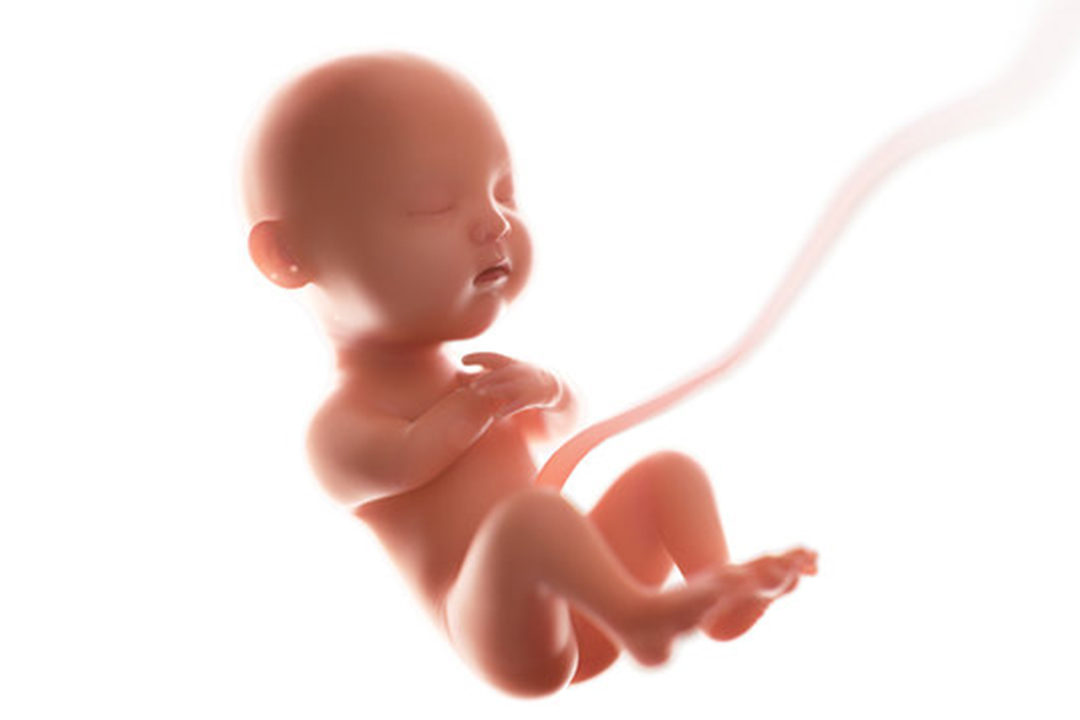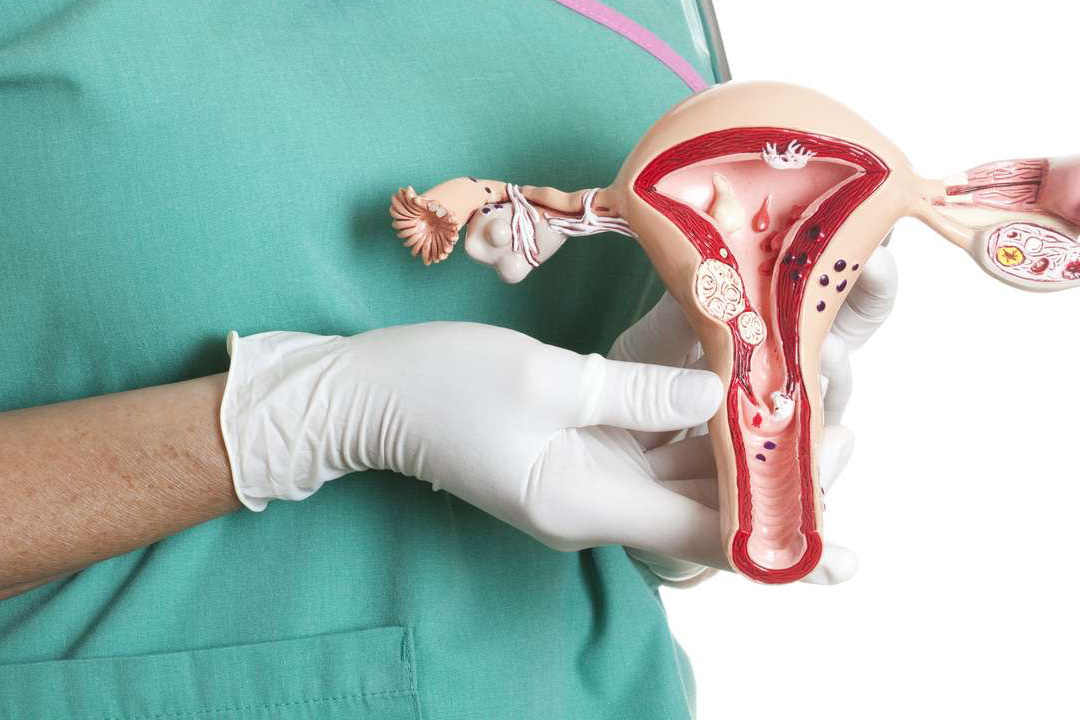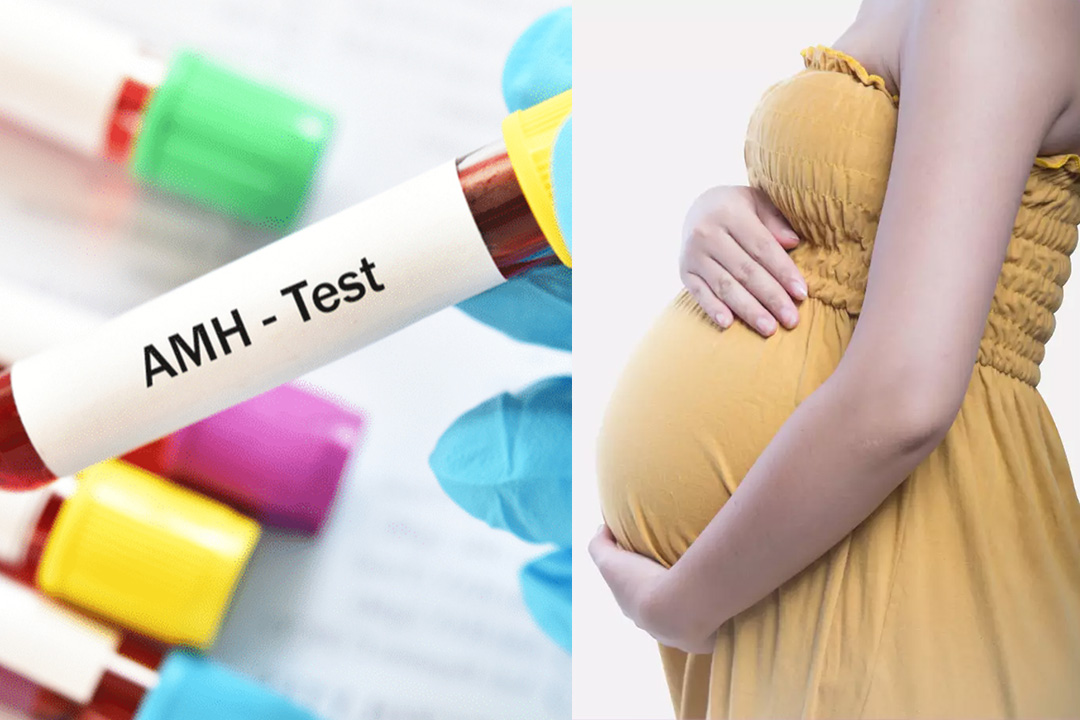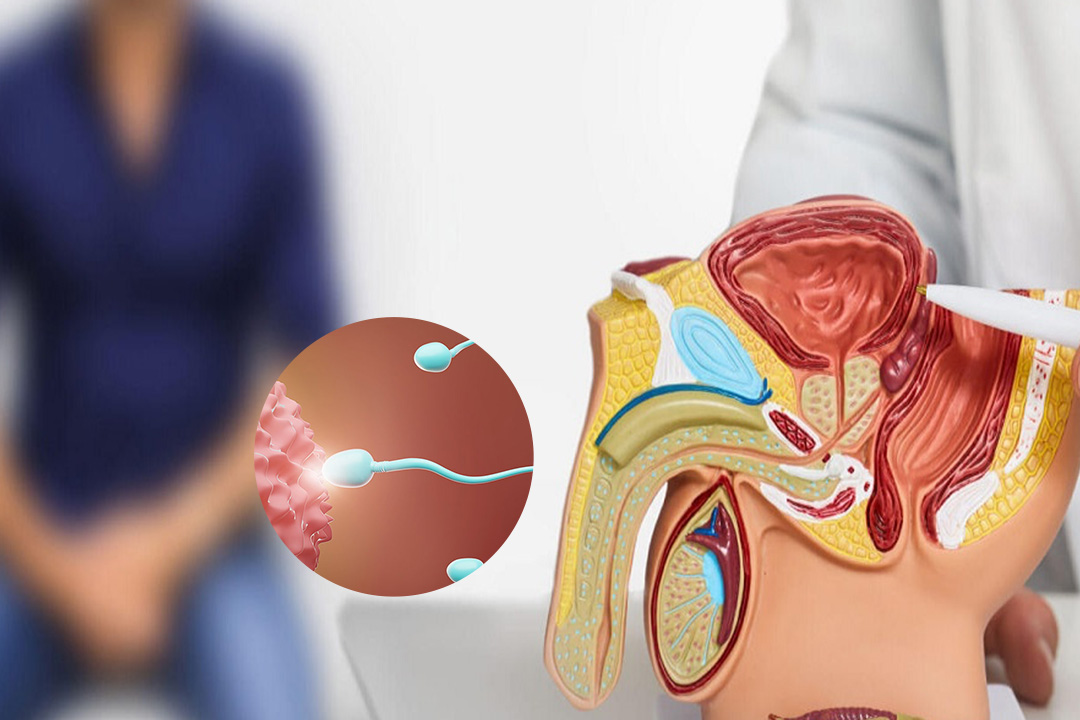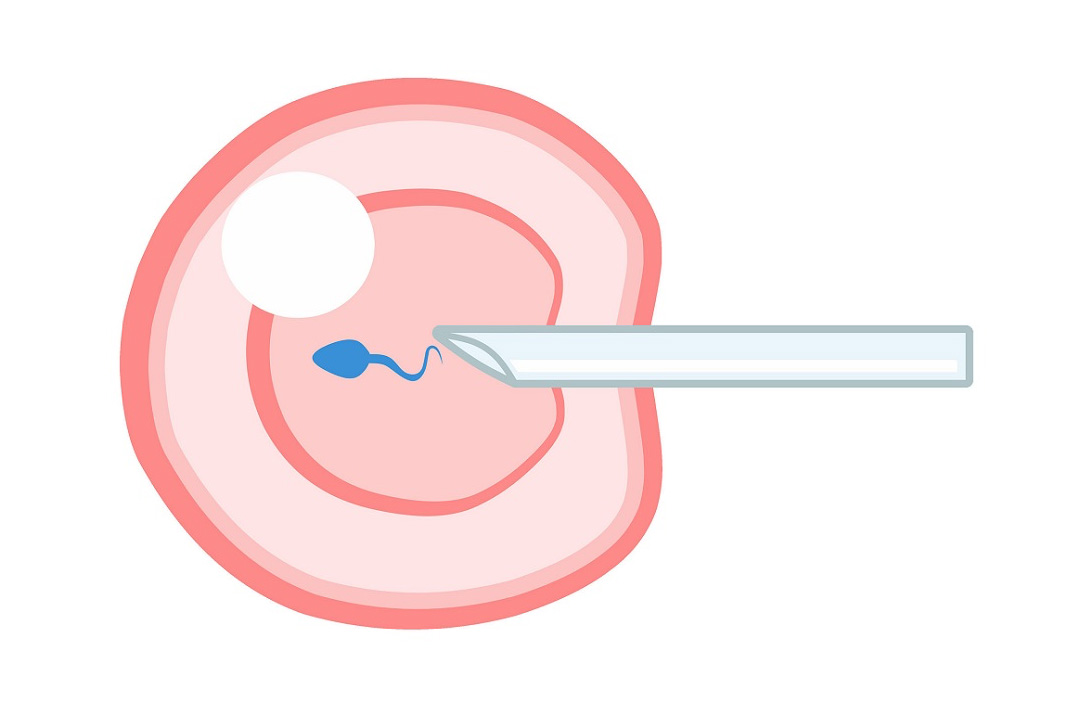Minimum Sperm Motility for IVF: What You Need to Know
For many couples, the road to parenthood comes with challenges. One common concern is sperm motility, that is how well the sperm moves. It plays a key role in natural conception. With modern assisted reproductive technologies like in vitro fertilization (IVF), many of these hurdles can be overcome.
In this article, we explore the concept of minimum sperm motility for IVF, discuss how IVF techniques differ from natural conception, and answer common questions about low or even zero sperm motility in IVF.
Modern assisted reproductive technologies like in vitro fertilization (IVF) overcome many of these hurdles. In this article, we explain the concept of minimum sperm motility for IVF, show how IVF techniques differ from natural conception, and answer common questions about low or even zero sperm motility in IVF.
Sperm Motility and Its Importance
Sperm motility means the sperm moves efficiently. In natural conception, sperm travel a long distance to reach the egg, and poor motility can stop that journey. Experts have long set minimum criteria for sperm parameters such as count, motility, and shape.
The World Health Organization (WHO) suggests that a 'normal' sperm count is at least 15 million per milliliter, but other factors like motility and morphology (shape) also matter for a healthy pregnancy.
Historically, laboratories established minimal criteria to give couples a statistical chance at success with fertility treatments. Studies have suggested that at least 10 million sperm per milliliter, with 30% showing movement and 15% moving in a straight line, are necessary for successful insemination or IVF.
At least 20% of the sperm should have a normal shape. In addition, scientists measured average speeds at a curvilinear velocity of around 35 microns per second and a straight-line velocity of about 15 microns per second. These numbers serve as guidelines, although successful pregnancies have occurred even when these parameters fall below the set criteria.
IVF vs. Natural Conception
IVF creates a controlled setting that bypasses many natural barriers. In natural conception, sperm navigate the female reproductive tract, which poses challenges when sperm count or motility is low. IVF instead combines the egg and sperm in a laboratory, increasing their chances of uniting.
One advanced technique within IVF is Intracytoplasmic Sperm Injection (ICSI). In ICSI, an embryologist injects a single sperm directly into an egg, meaning that even with very low sperm motility, fertilization can occur. This process enables couples with very low sperm counts, or even immotile sperm, to achieve pregnancy.
Can IVF Work with Low Sperm Motility?
Yes, IVF and especially ICSI works with low sperm motility. When sperm do not swim well on their own, ICSI overcomes this issue by placing one sperm directly into the egg. This method allows even a few motile sperm to be selected and used for fertilization. Many clinics report success using ICSI when sperm motility is below the typical thresholds for natural conception.
IVF for Sperm Motility Issues
IVF offers a strong option for couples facing sperm motility issues. When sperm move slowly or in an uncoordinated way, they may not reach the egg naturally. In the laboratory, doctors evaluate sperm quality and choose between conventional IVF or ICSI.
With ICSI, even sperm that show minimal movement sometimes fertilize an egg, giving hope to couples who might otherwise be told that their sperm motility is too low for natural conception.
IVF with Zero Sperm Motility
Sometimes, sperm appear to have zero motility under the microscope. In these cases, doctors determine whether the sperm are completely immotile or alive but not moving on their own. Special tests sometimes reveal that these sperm remain viable. With ICSI, even sperm that do not move can successfully fertilize an egg if viability tests confirm they are alive.
Factors That Allow IVF to Succeed with Lower Sperm Counts
IVF techniques, especially ICSI, succeed even when sperm counts or motility are low because of several key factors:
Bypassing Natural Barriers
In natural conception, sperm face many obstacles on their journey to the egg. They must swim through the cervix, into the uterus, and up the fallopian tubes. Each step presents challenges, especially when sperm motility is poor.
In IVF, doctors place the sperm and egg together in a laboratory dish. This controlled environment removes the need for the sperm to swim long distances and significantly boosts the chance of fertilization.
Direct Injection of Sperm
ICSI advances the process by injecting a single sperm directly into the egg. This approach means that even if the overall sperm count is low or most sperm remain immotile, the selected sperm can still fertilize the egg. Bypassing the natural selection process in the female body makes ICSI a powerful tool for treating male infertility.
Suitable Laboratory Conditions
IVF laboratories maintain carefully controlled conditions to support the survival and function of sperm and eggs. The culture media in the lab is rich in nutrients, and temperature and pH levels stay at optimal settings.
These conditions help even a small number of sperm perform better than they might in nature. For couples with low sperm motility, the lab environment offers a better chance for the sperm to meet the egg.
Advanced Sperm Extraction Techniques for Very Low Sperm Counts
Sometimes, sperm counts are extremely low or even absent from the ejaculate. For these men, advanced sperm extraction methods retrieve sperm directly from the source. These techniques include:
Microsurgical Epididymal Sperm Aspiration (MESA)
MESA uses a microscope to extract sperm directly from the epididymis, the small tube where sperm mature and are stored. Doctors perform this procedure under general anesthesia, and it can provide a good sample of sperm for IVF.
Percutaneous Epididymal Sperm Aspiration (PESA)
PESA uses a small needle to collect sperm from the epididymis. This method is less invasive than MESA and uses local anesthesia. Although PESA may yield fewer sperm, it serves as a useful option for men with very low sperm counts.
Testicular Sperm Extraction (TESE) and Microdissection TESE
TESE involves a minor surgical procedure to remove sperm directly from the testicular tissue. Microdissection TESE uses a microscope to pinpoint areas of sperm production, increasing the chance of retrieving viable sperm. These techniques offer important options for couples when the male partner has almost no sperm in his ejaculate.
The Role of Semen Analysis in IVF
Before beginning IVF, doctors conduct a comprehensive semen analysis. This analysis checks the sperm count, motility, morphology, and other key factors. The information guides fertility specialists in choosing between traditional IVF or ICSI. In cases with low sperm motility, the analysis directs the use of advanced techniques like ICSI or sperm extraction methods.
Tips for Couples Facing Sperm Motility Challenges
Couples concerned about low sperm motility and considering IVF should follow these simple tips:
- Get a Thorough Semen Analysis: Undergo a complete analysis to check sperm count, motility, and morphology. This test helps your doctor choose the best treatment plan.
- Follow a Healthy Lifestyle: Eat a balanced diet, exercise regularly, and avoid harmful substances like tobacco and excessive alcohol to improve overall sperm quality.
- Stay Positive and Informed: Advances in IVF now allow many couples to overcome sperm motility issues. Keep in touch with your fertility specialist and ask questions about your treatment options.
- Consider Advanced Techniques: If conventional methods do not work, discuss the possibility of ICSI or advanced sperm extraction techniques with your doctor. These methods can boost your chances of success even with very low sperm motility.
Conclusion
While natural conception requires sperm to navigate a challenging environment, IVF and especially ICSI changes the game for couples with low sperm motility. By bypassing many natural barriers, selecting the best sperm, and using advanced laboratory techniques, modern fertility treatments give hope to those who once heard that their motility was too low for natural conception.
About Us
AKsigen IVF is a premier center for advanced fertility treatments, with renowned fertility experts on our team. Specializing in IVF, ICSI, egg freezing, and other cutting-edge reproductive technologies, AKsigen IVF is committed to helping couples achieve their dream of parenthood. With personalized care and a patient-first approach, AKsigen IVF provides comprehensive fertility solutions under one roof.




